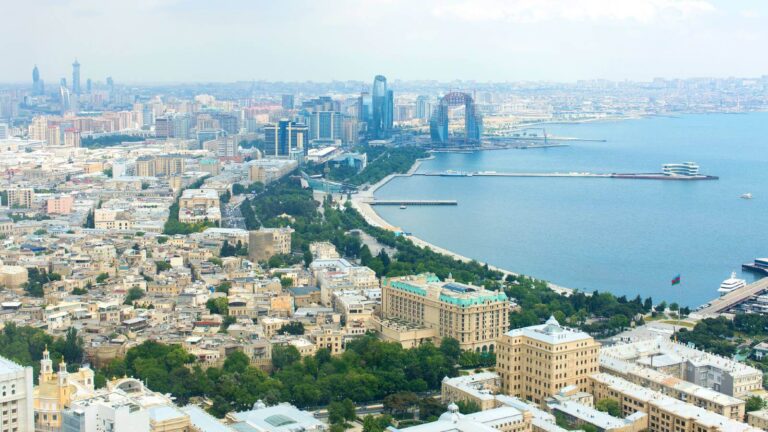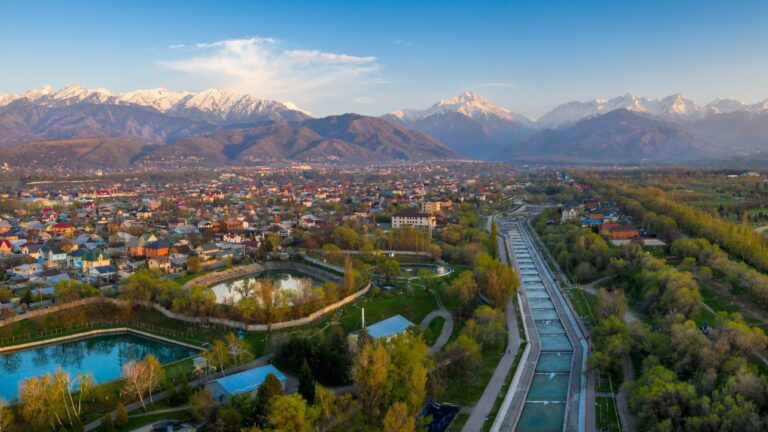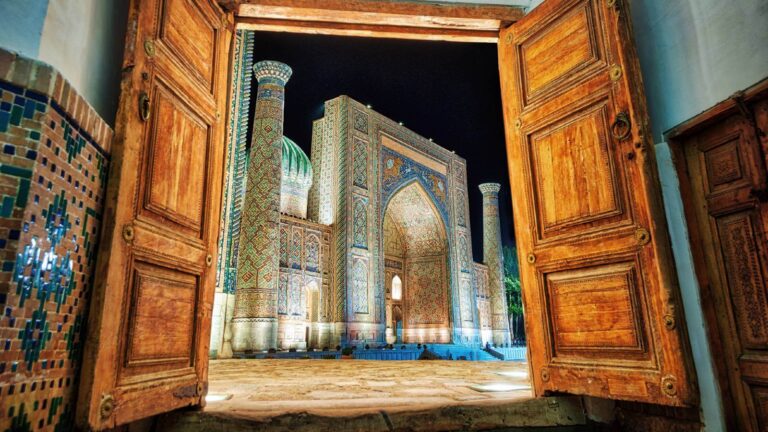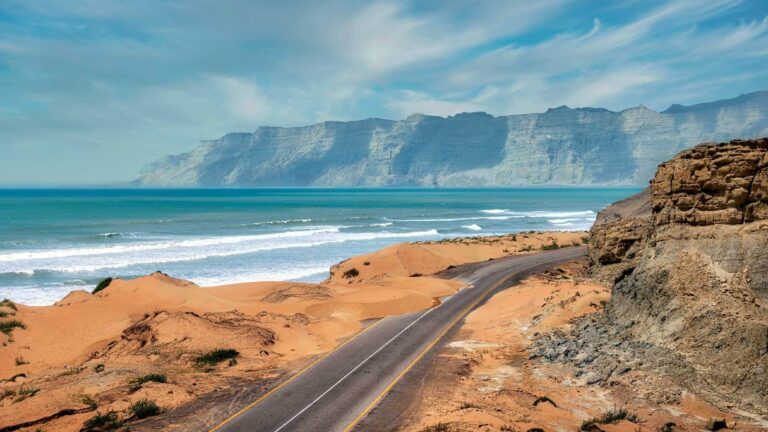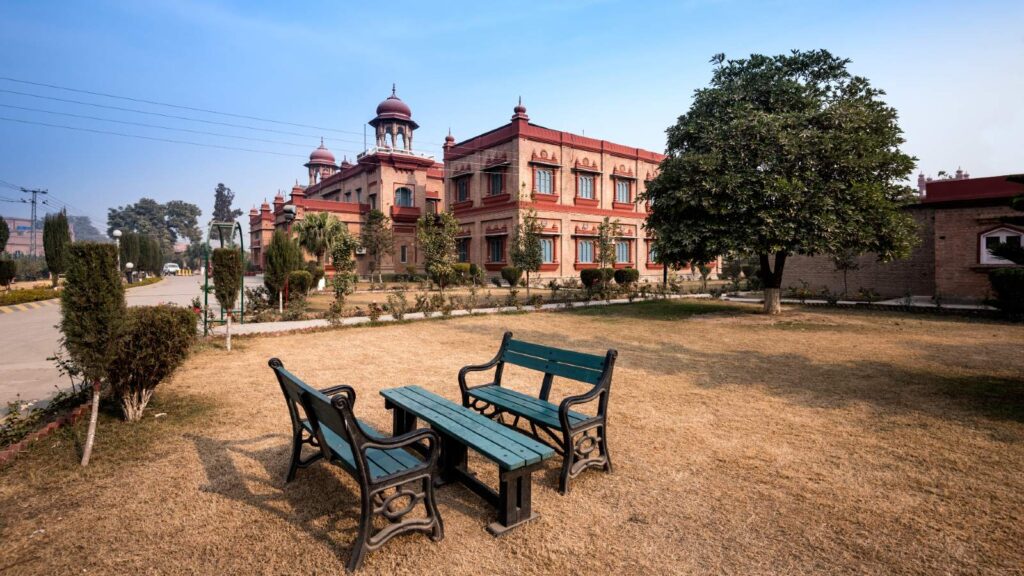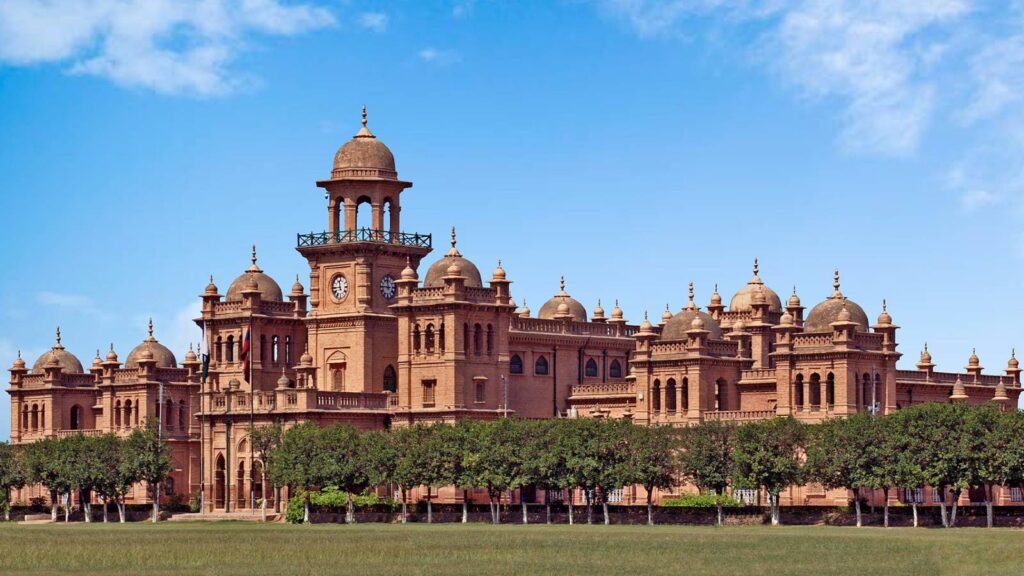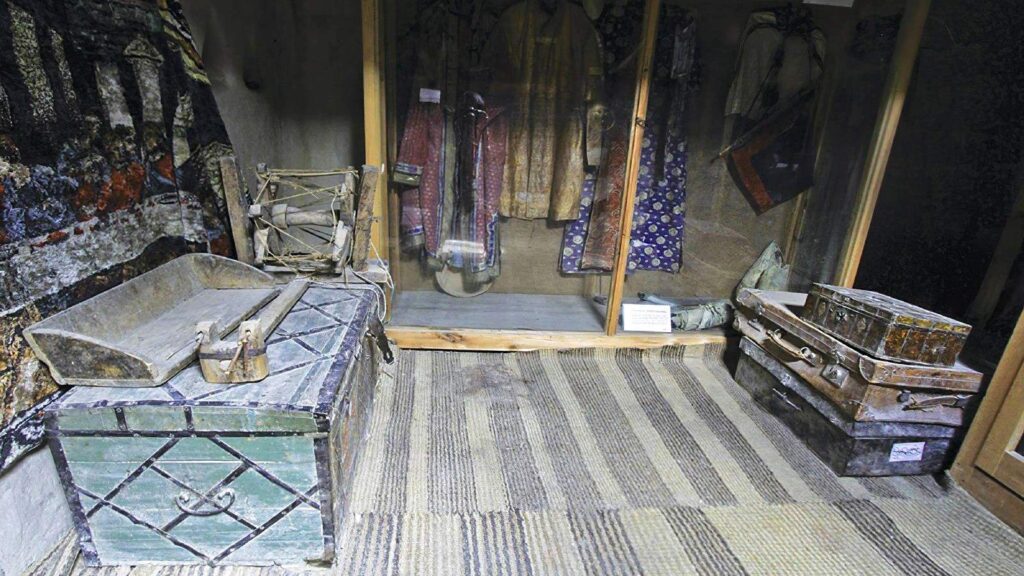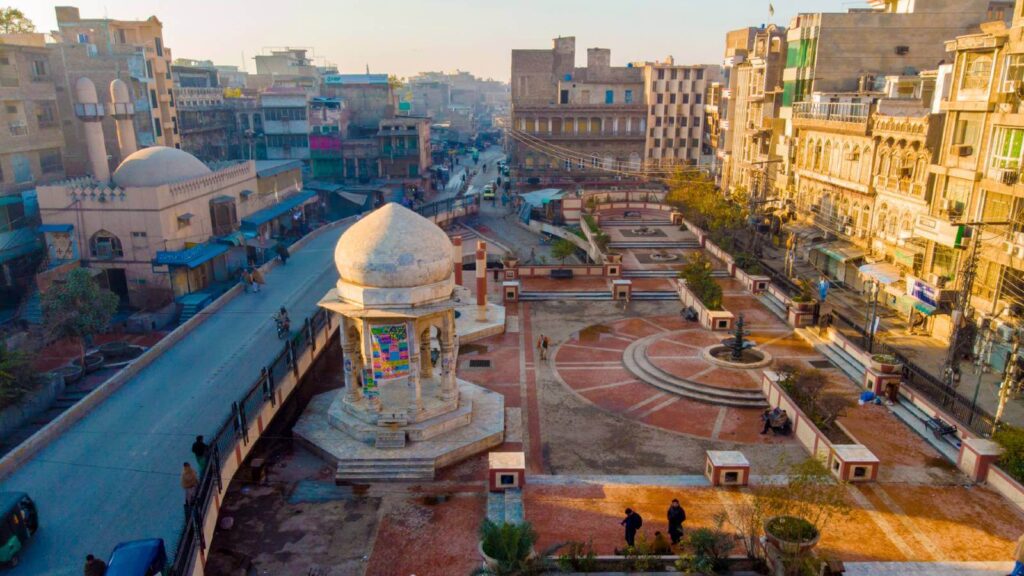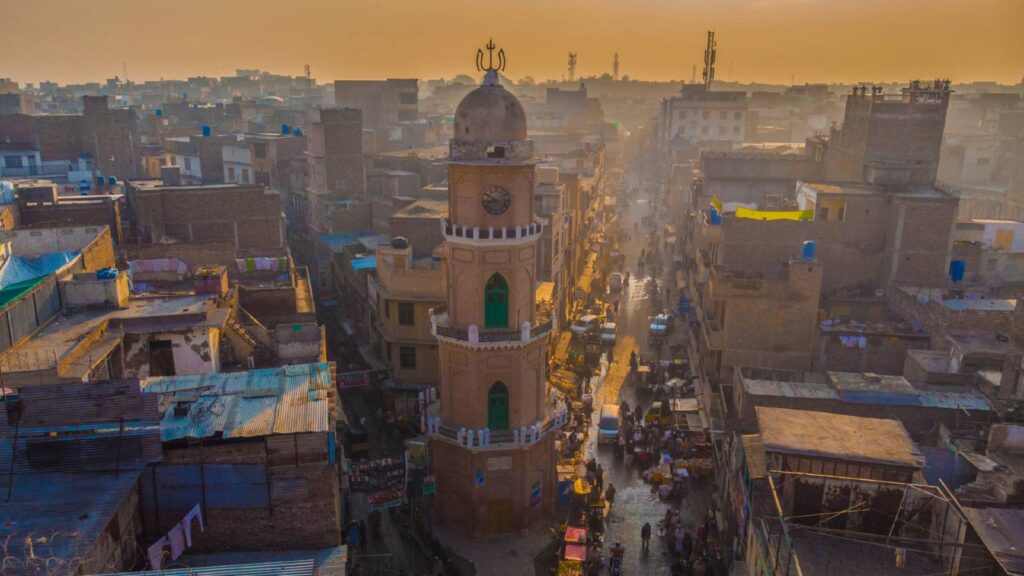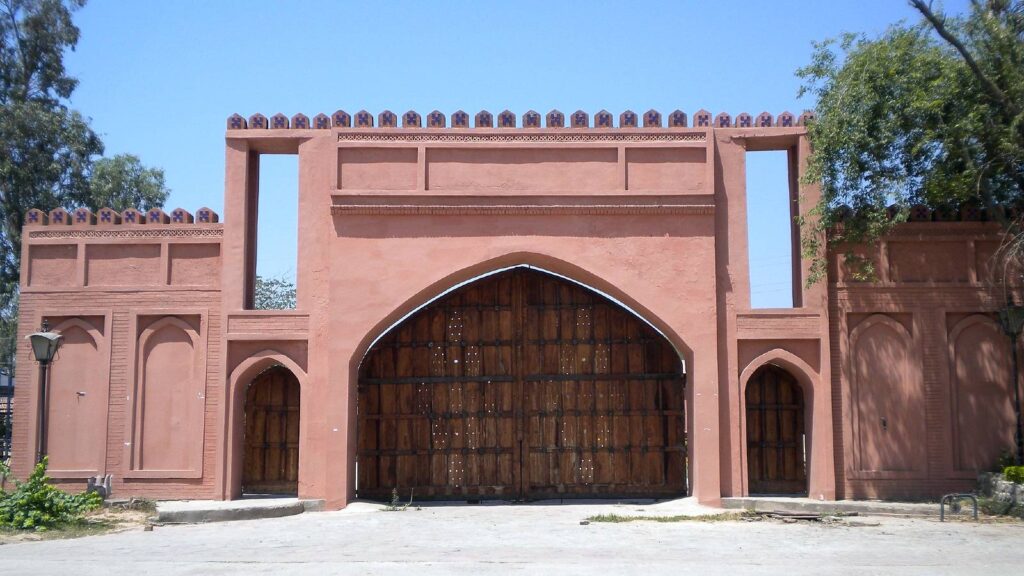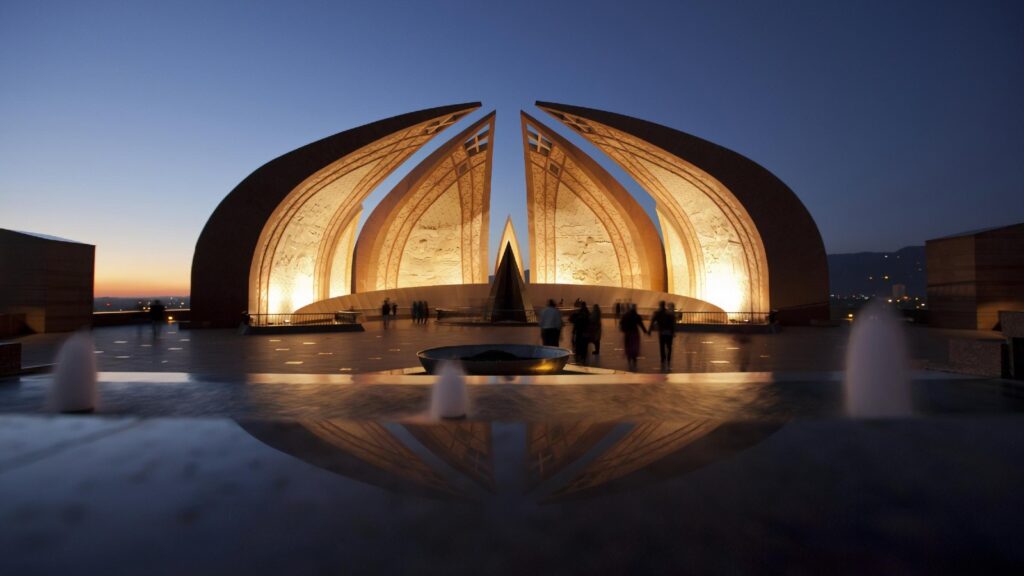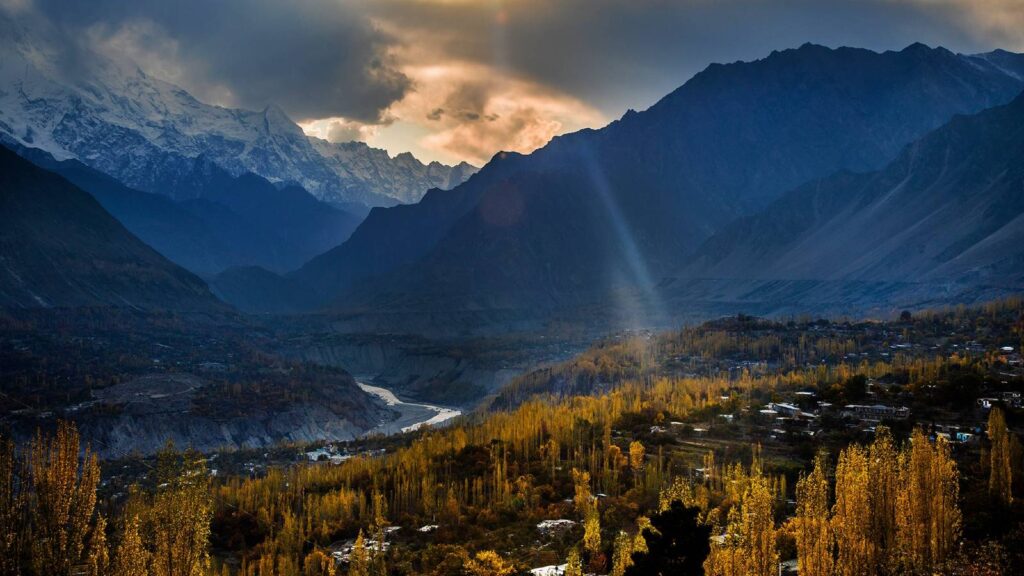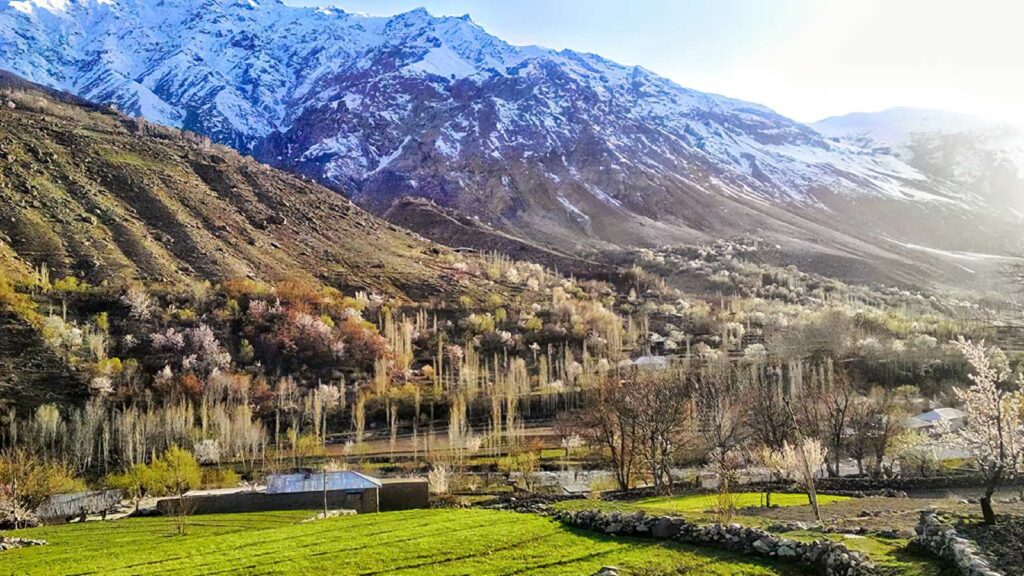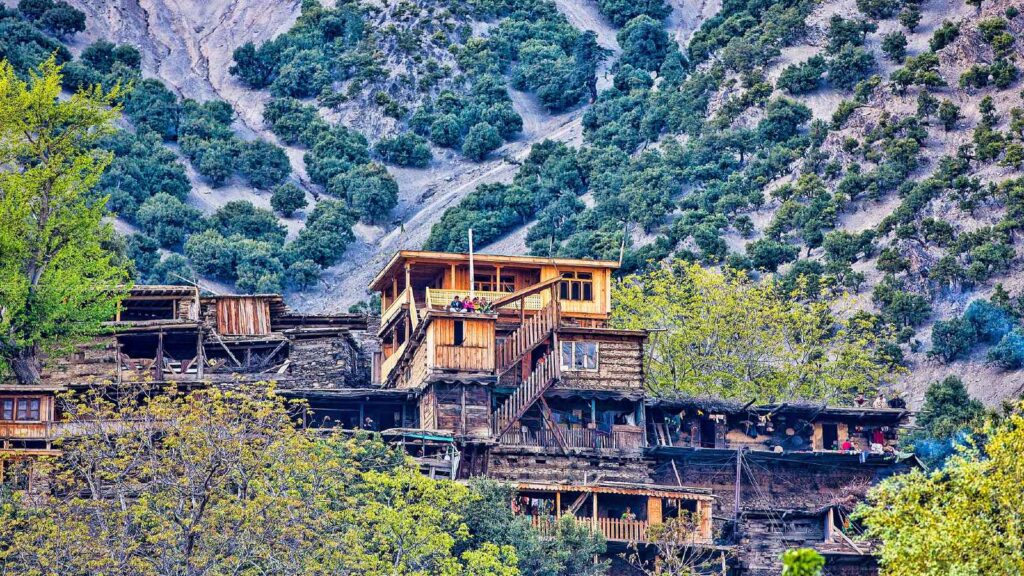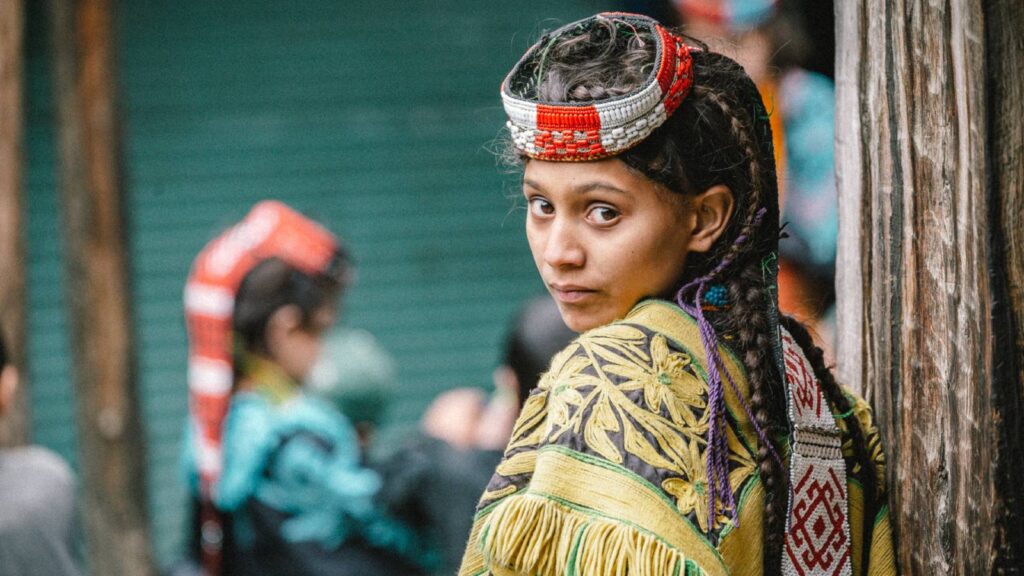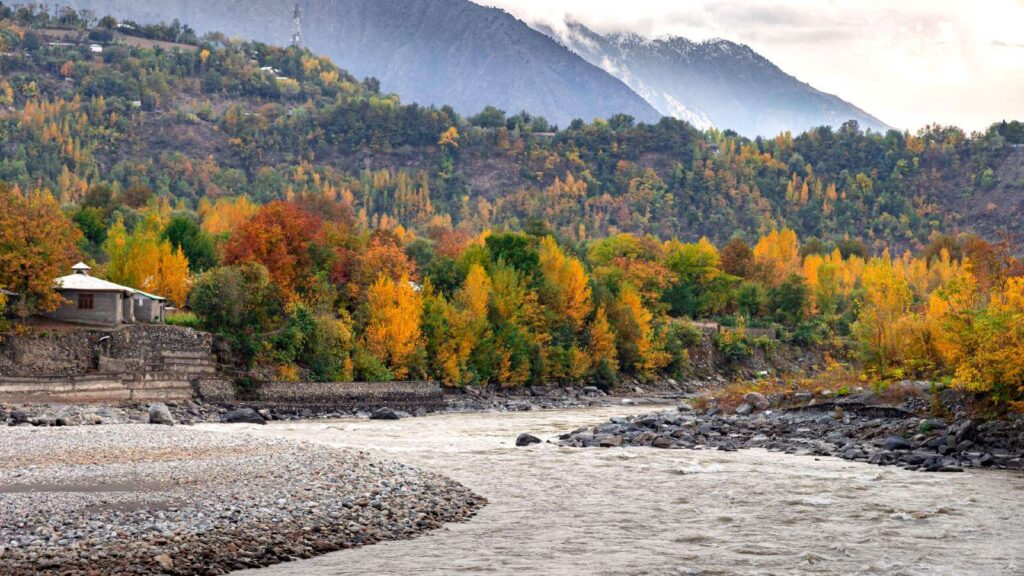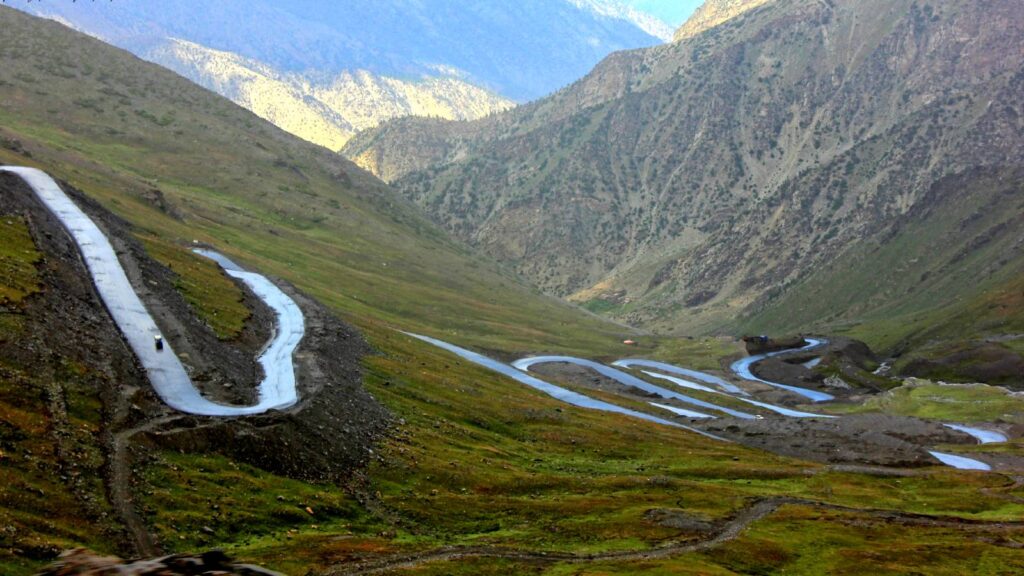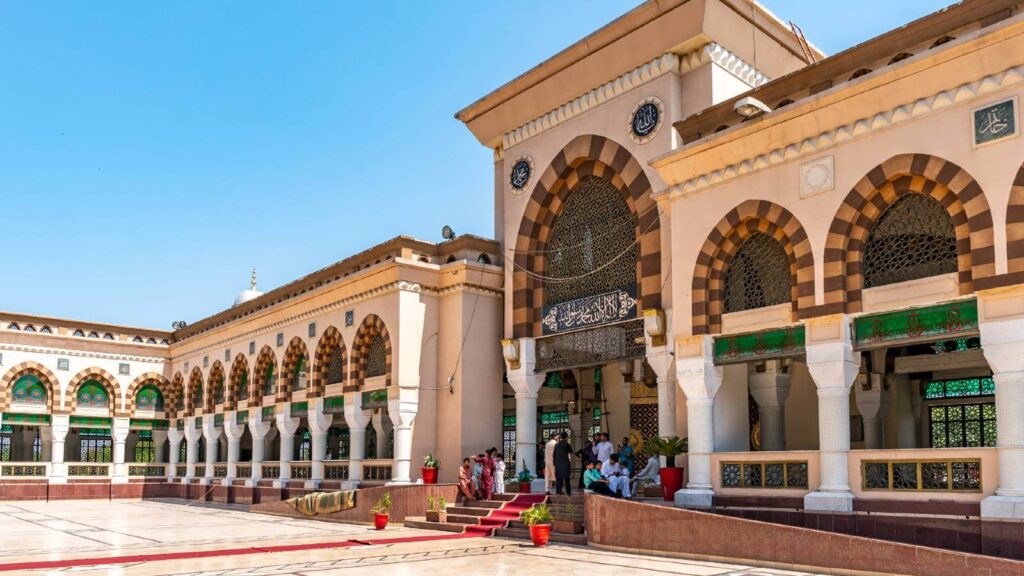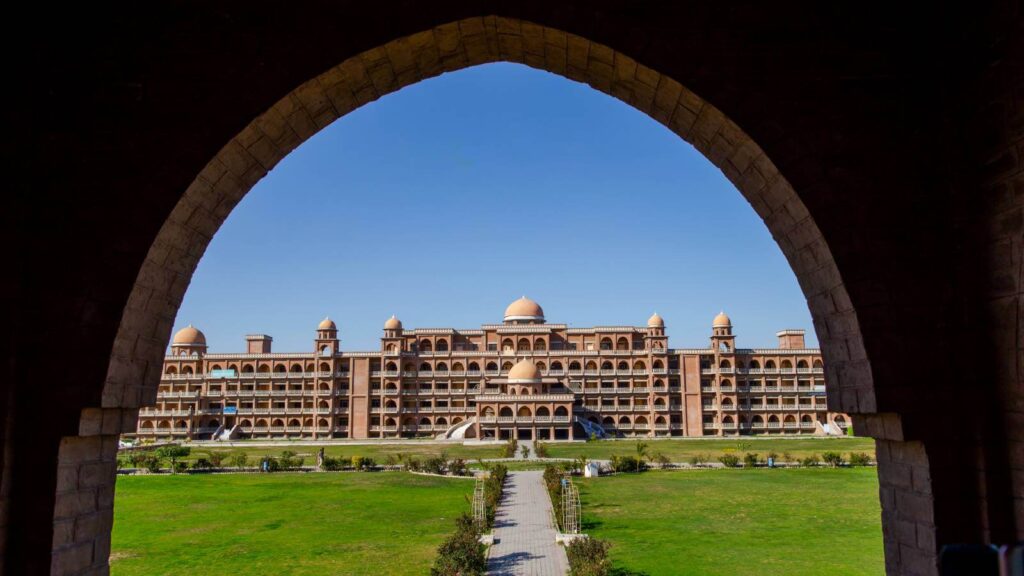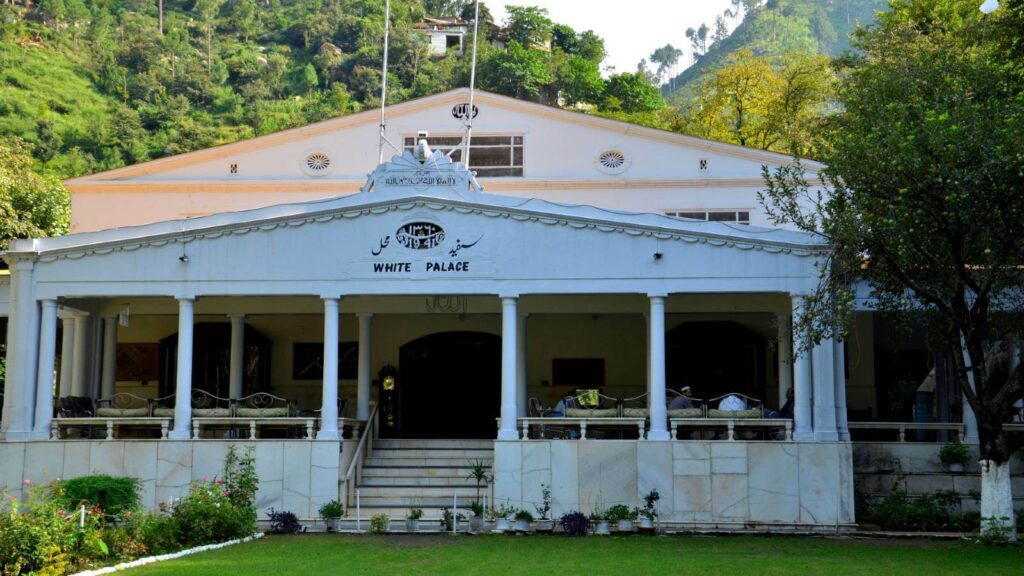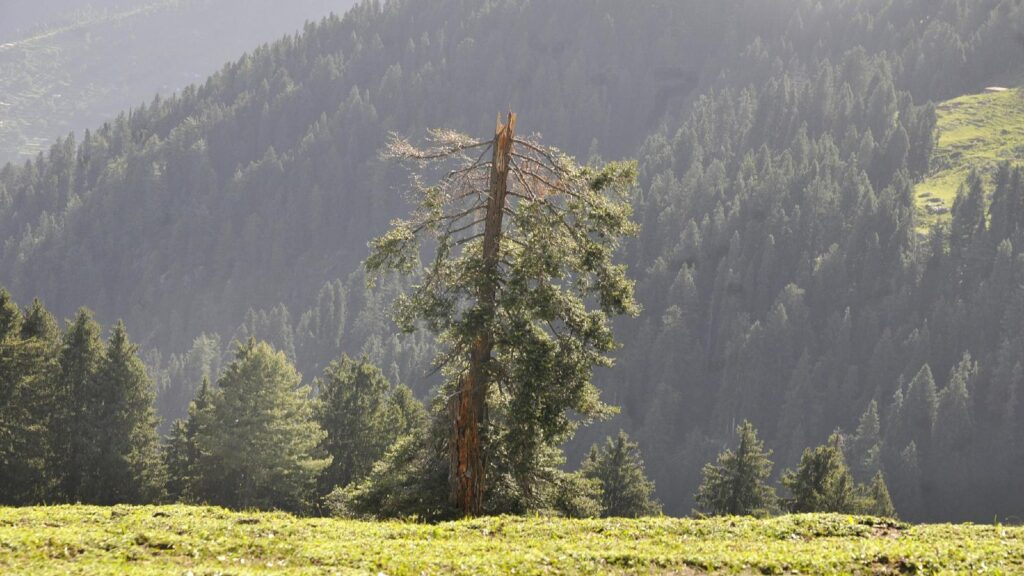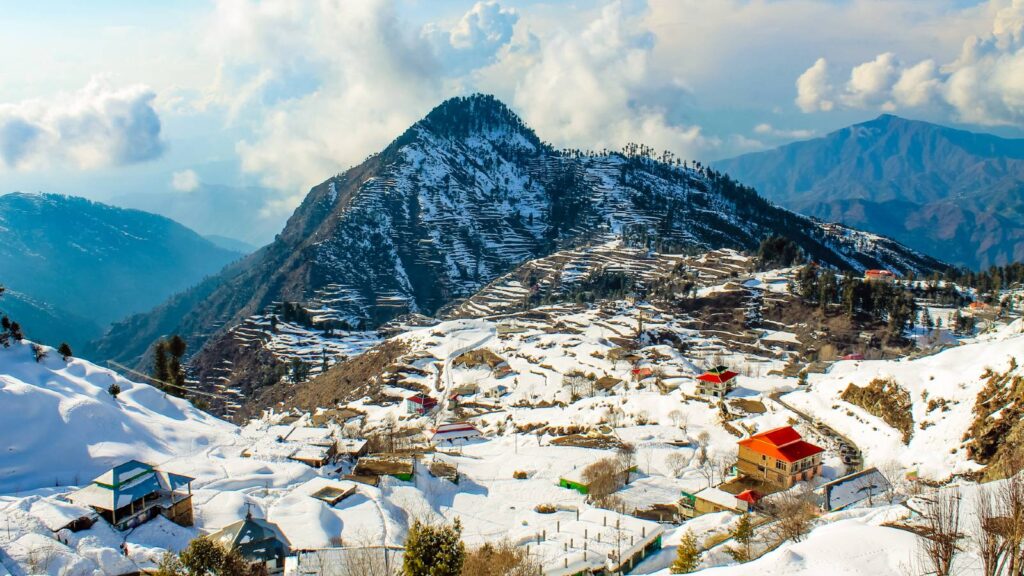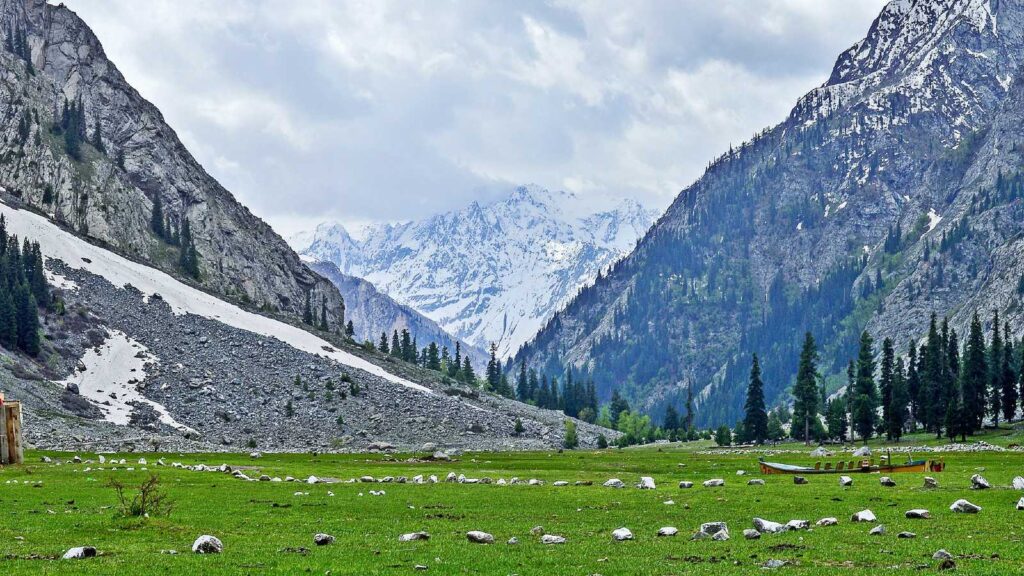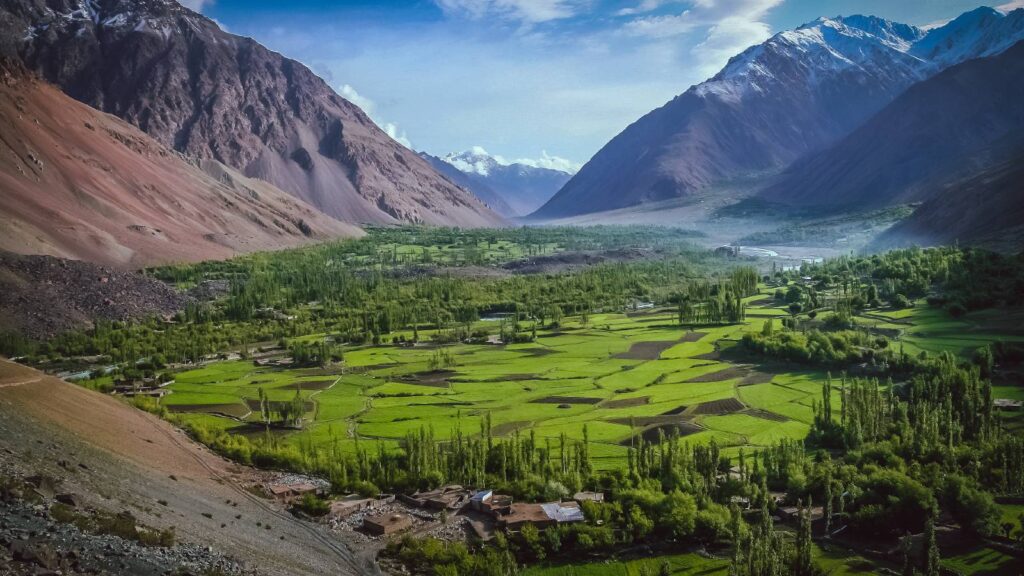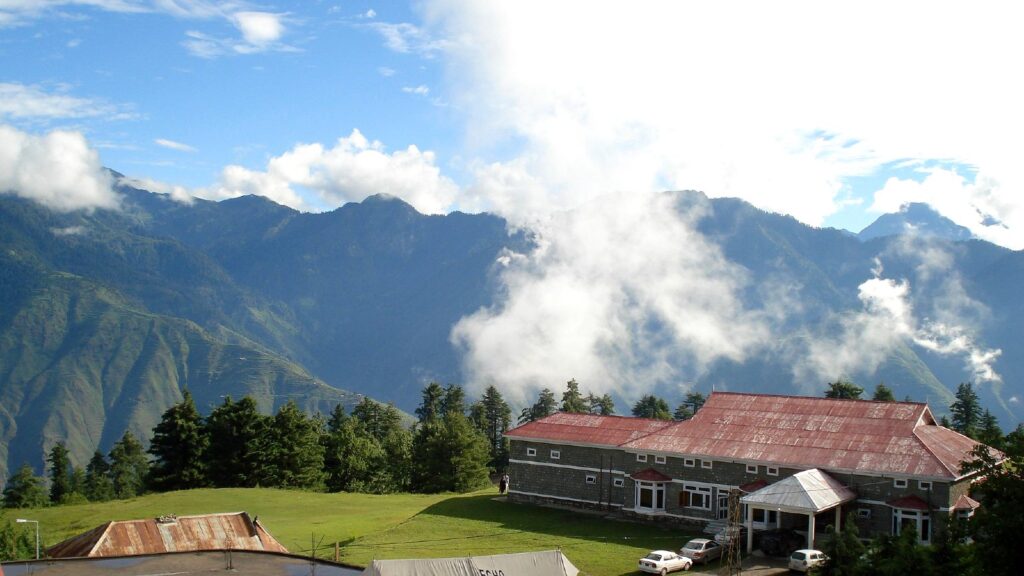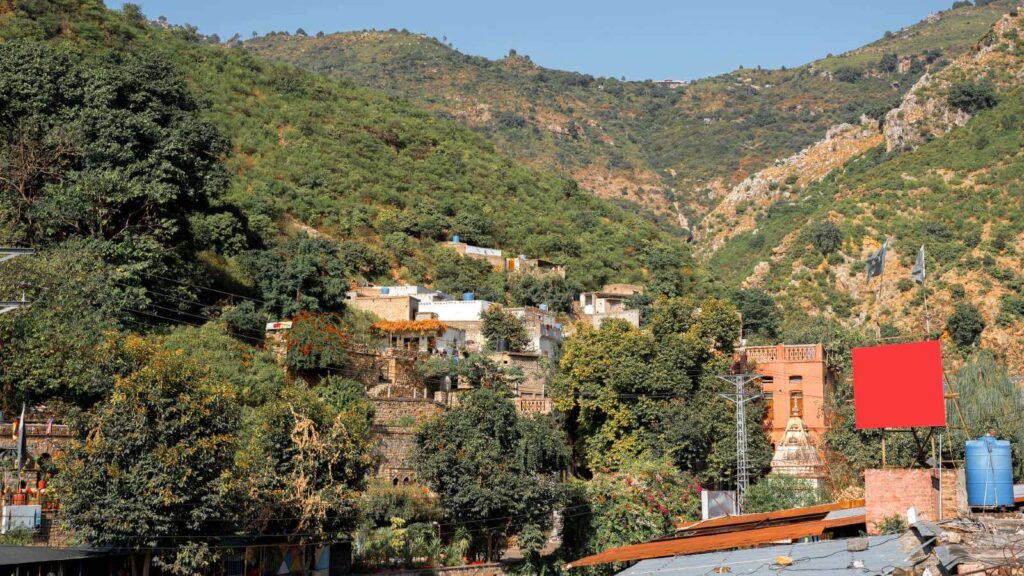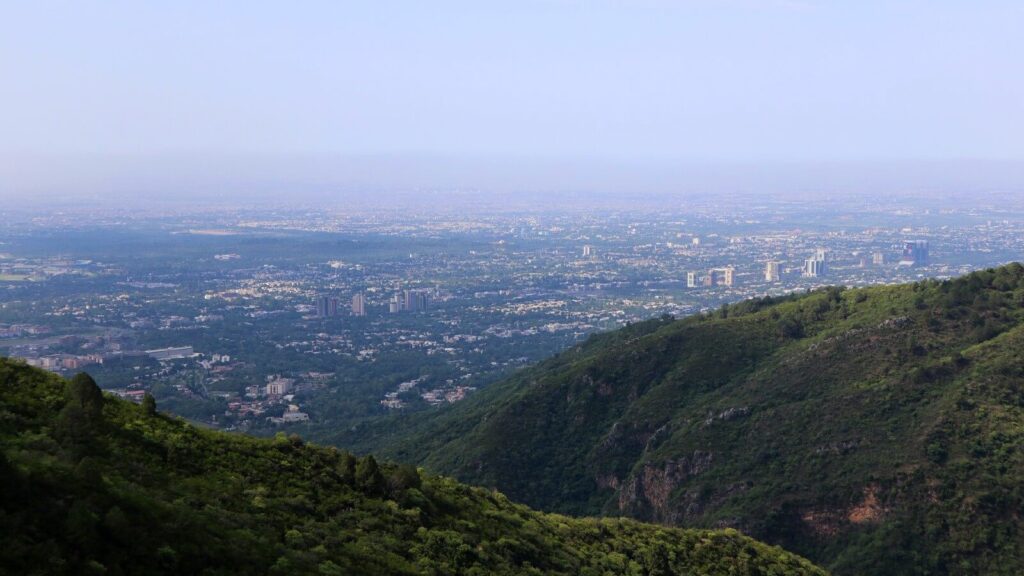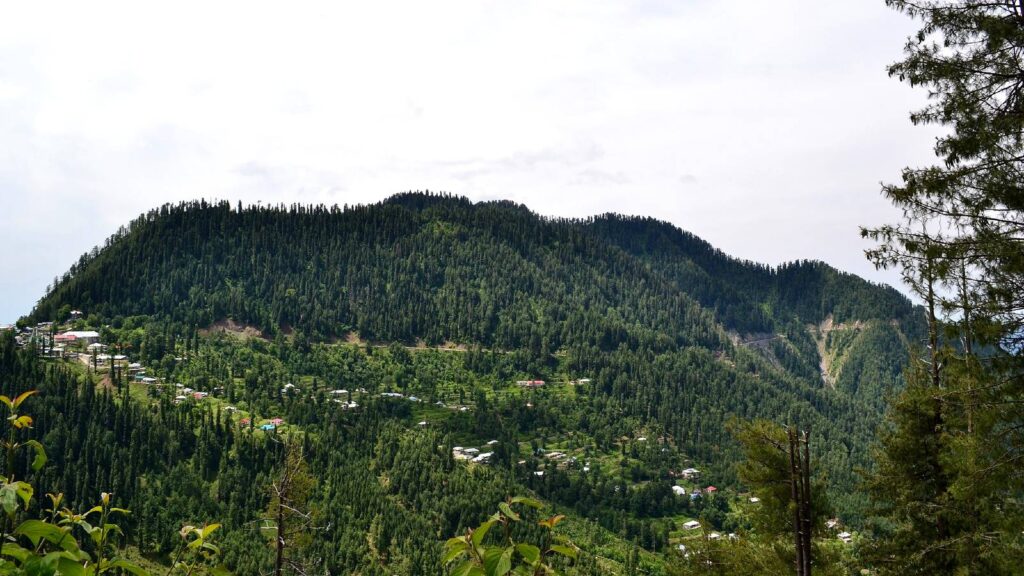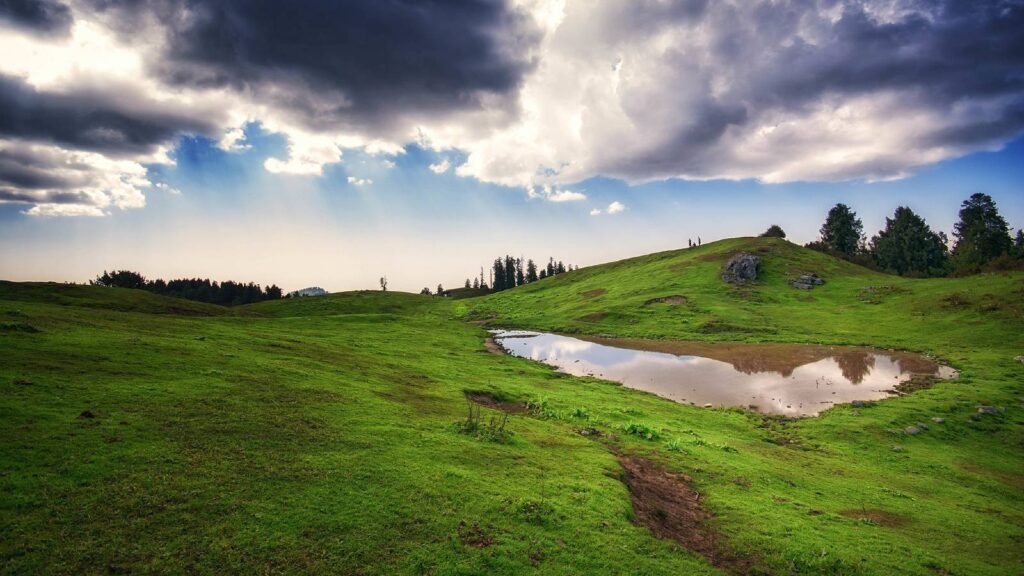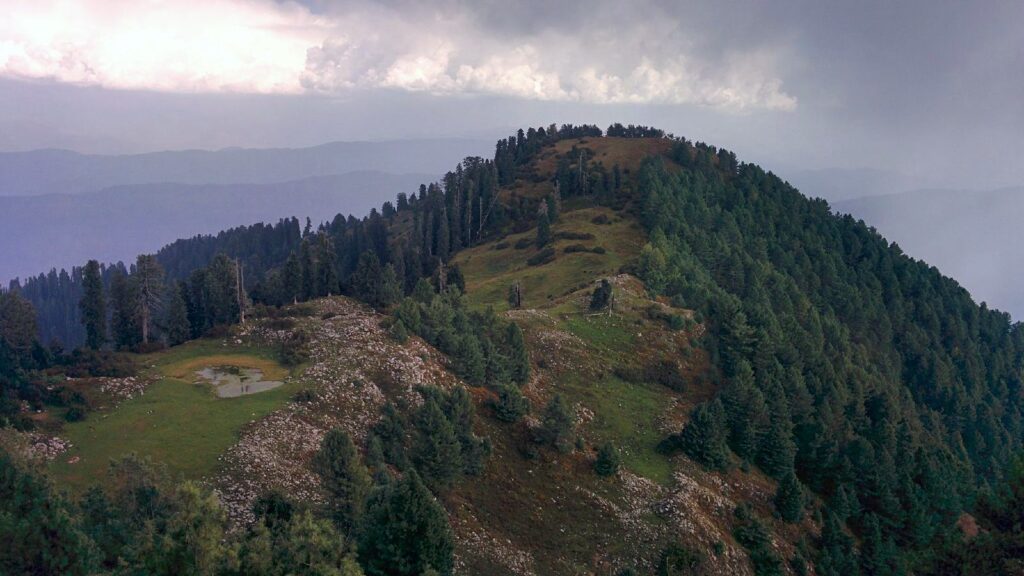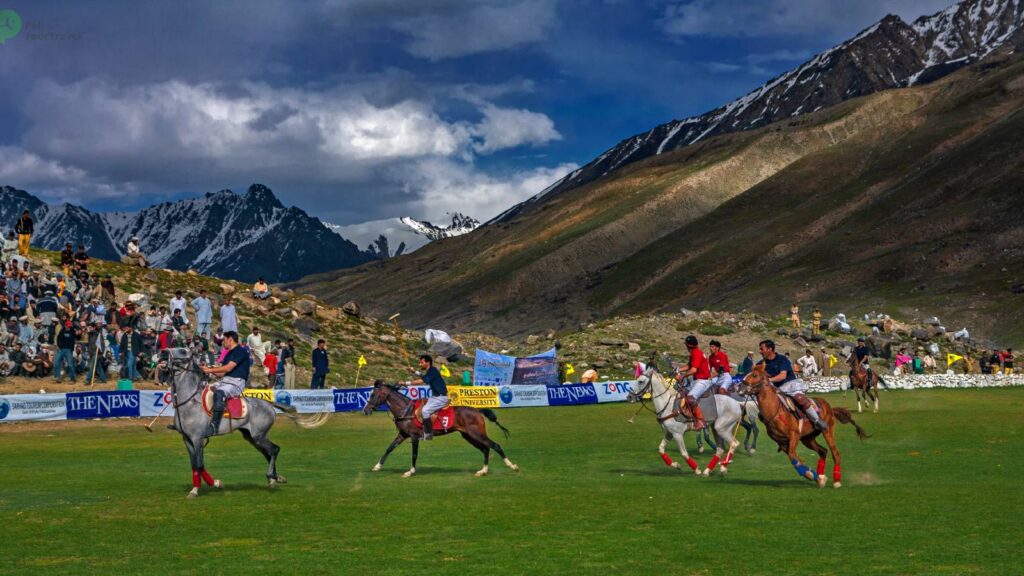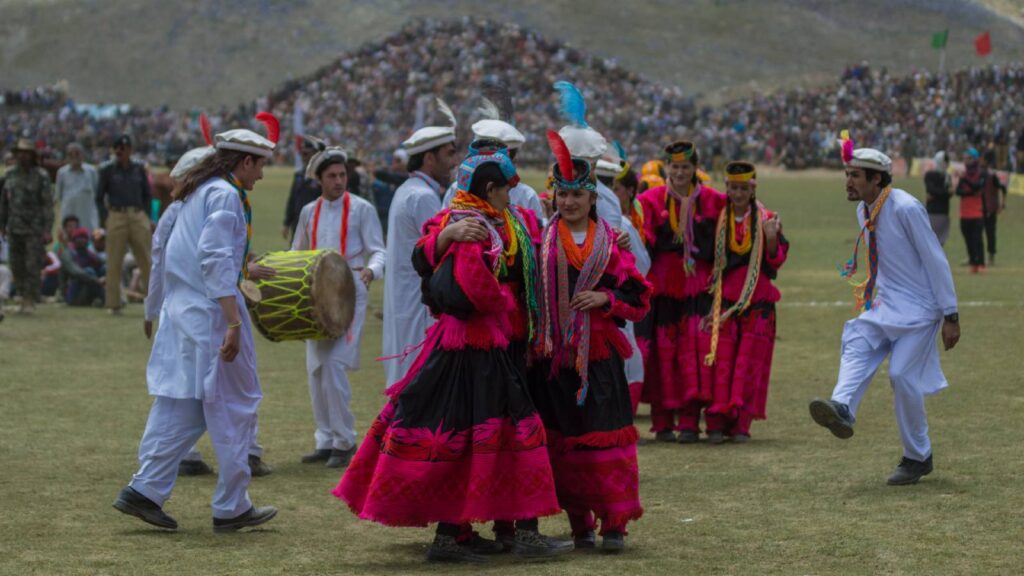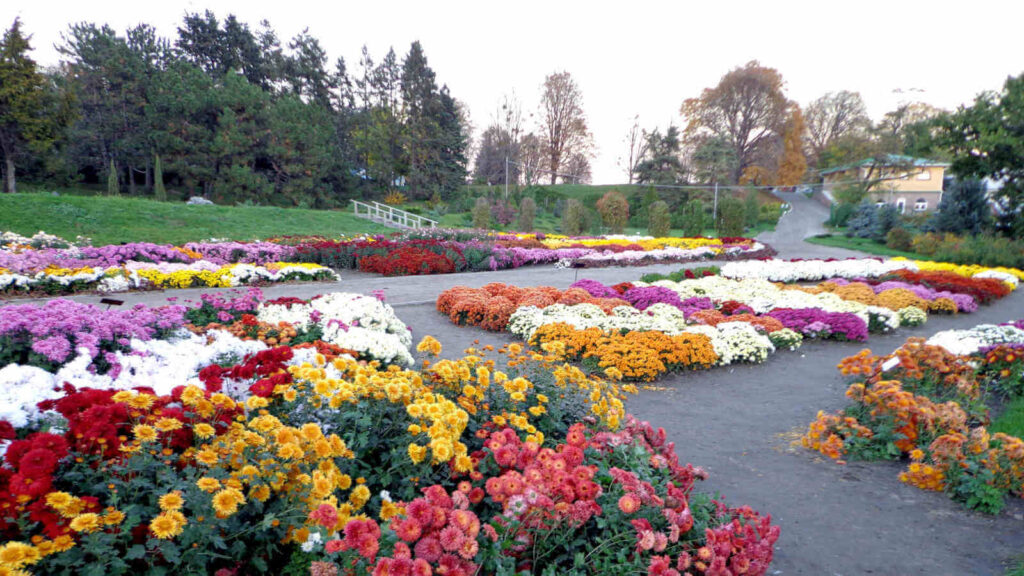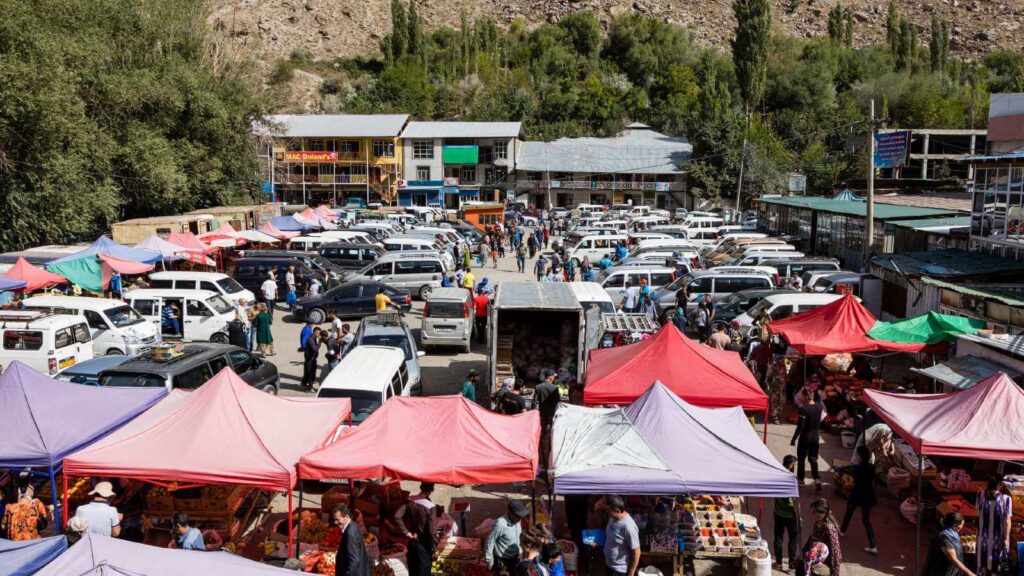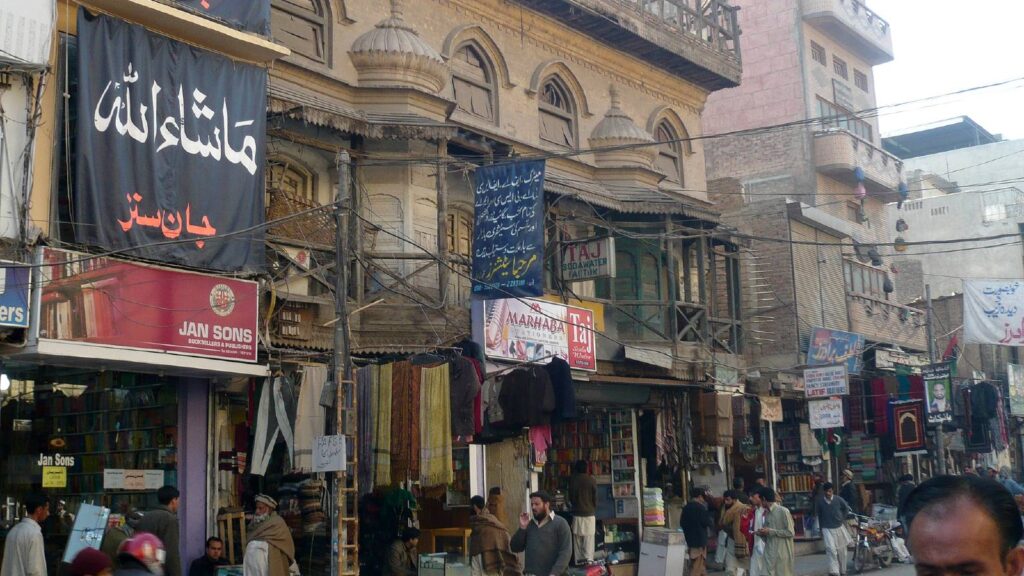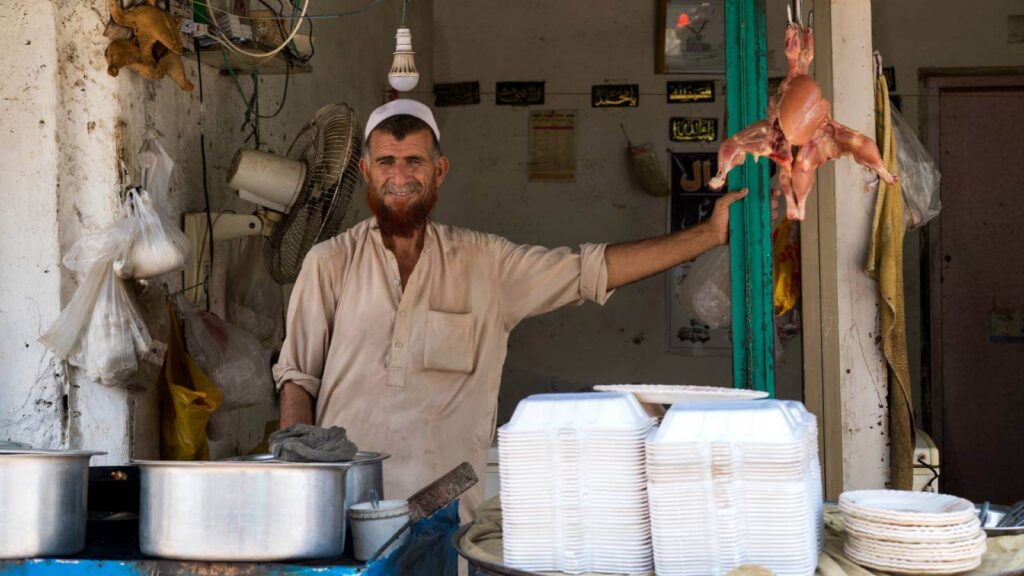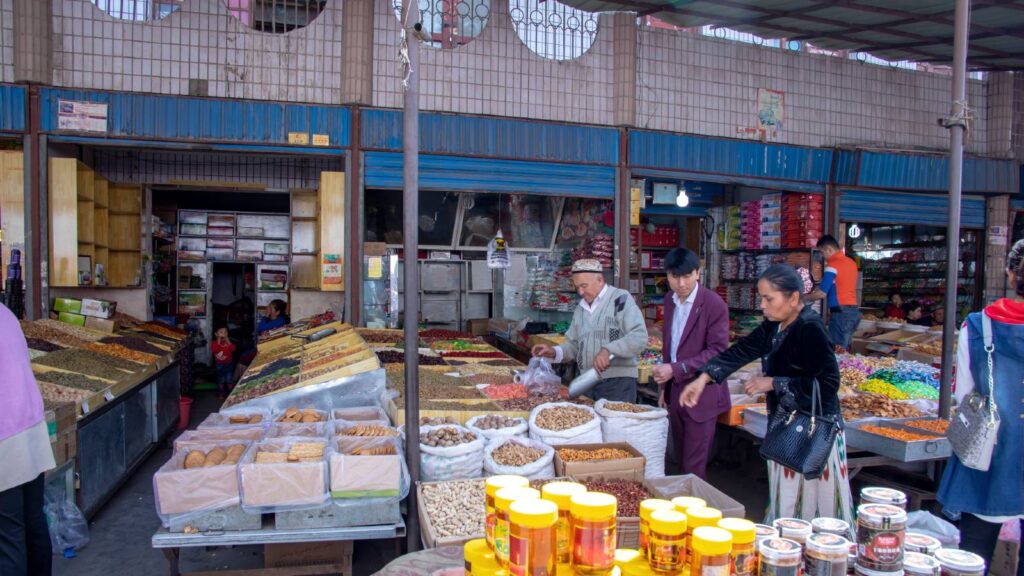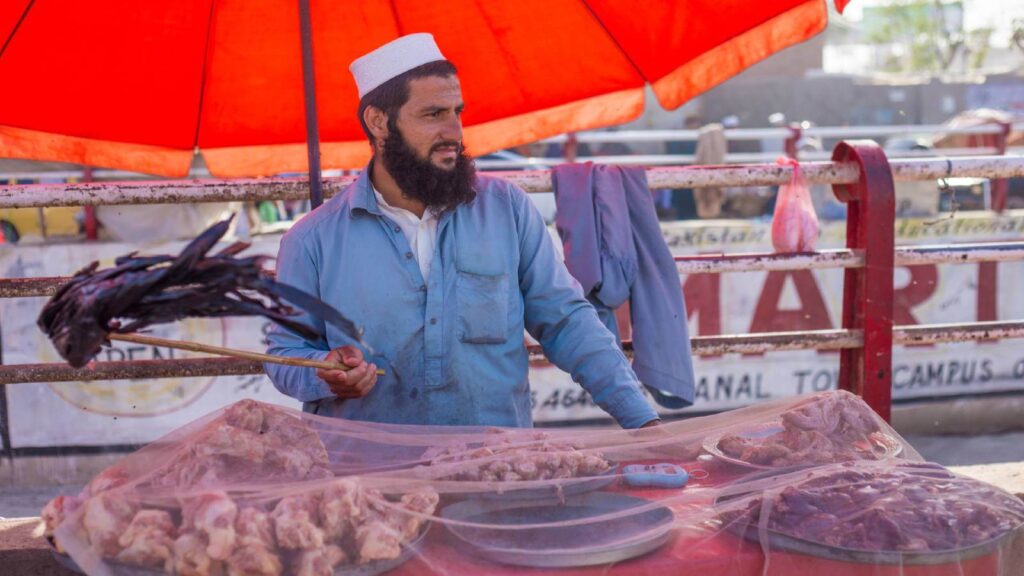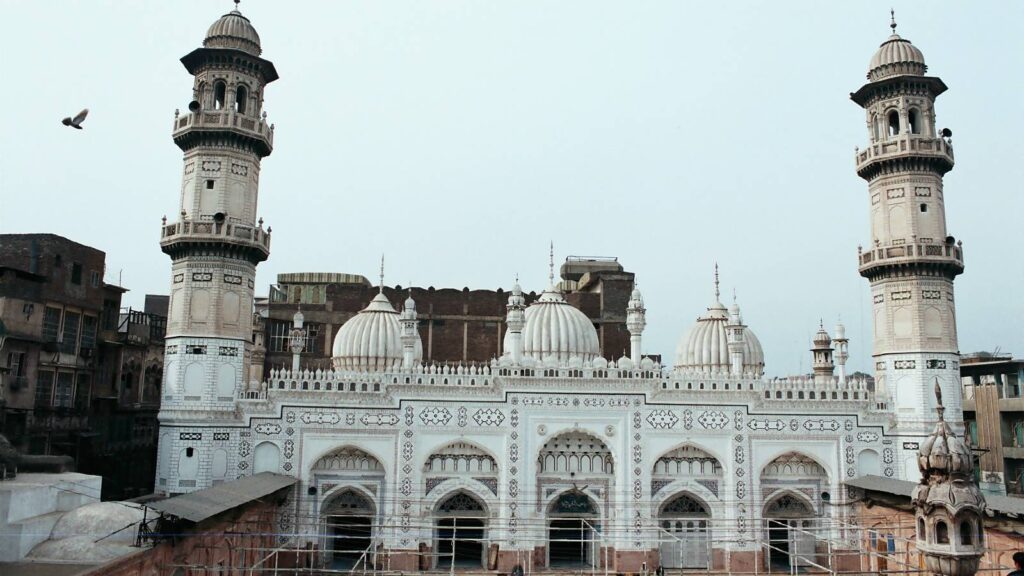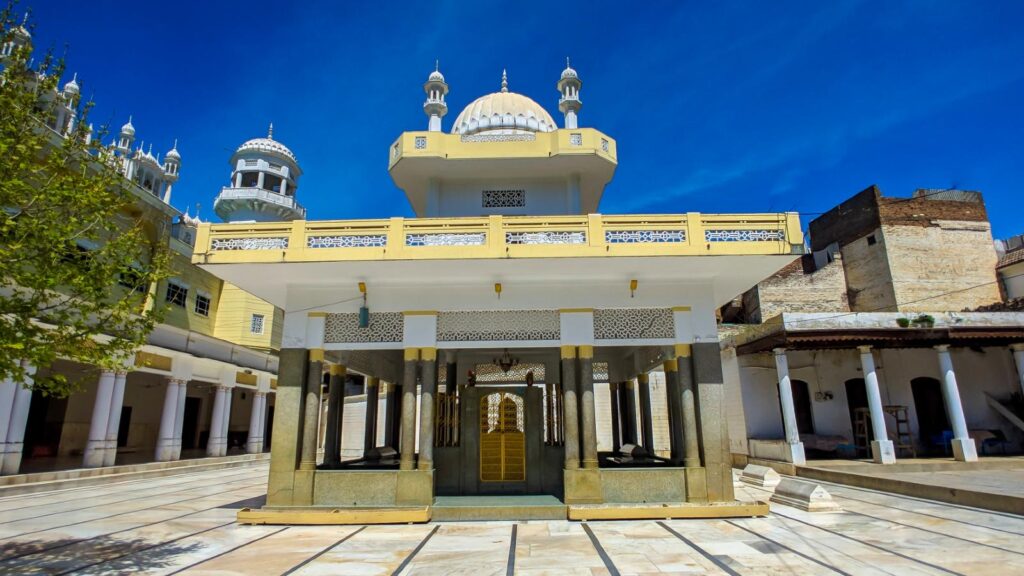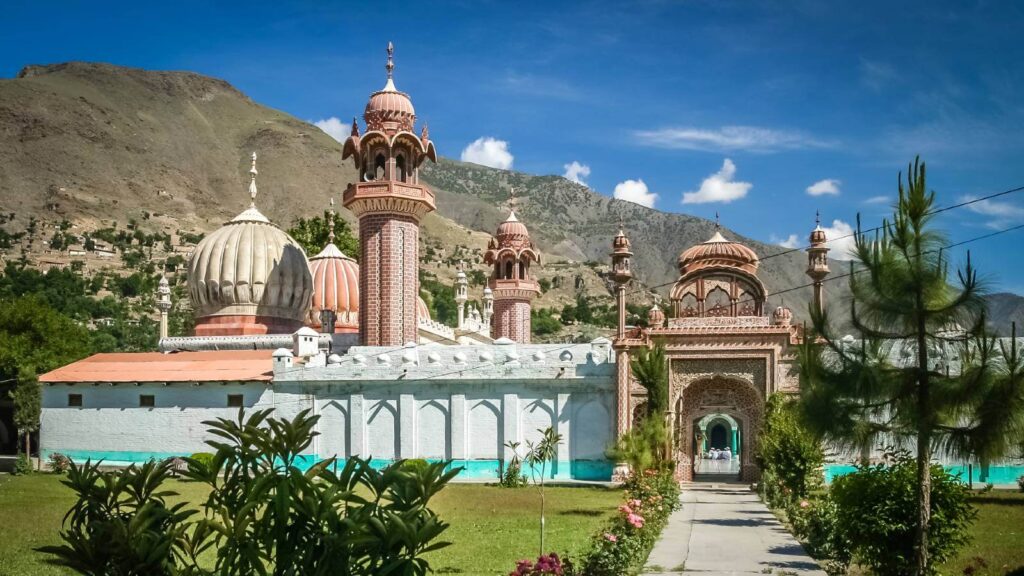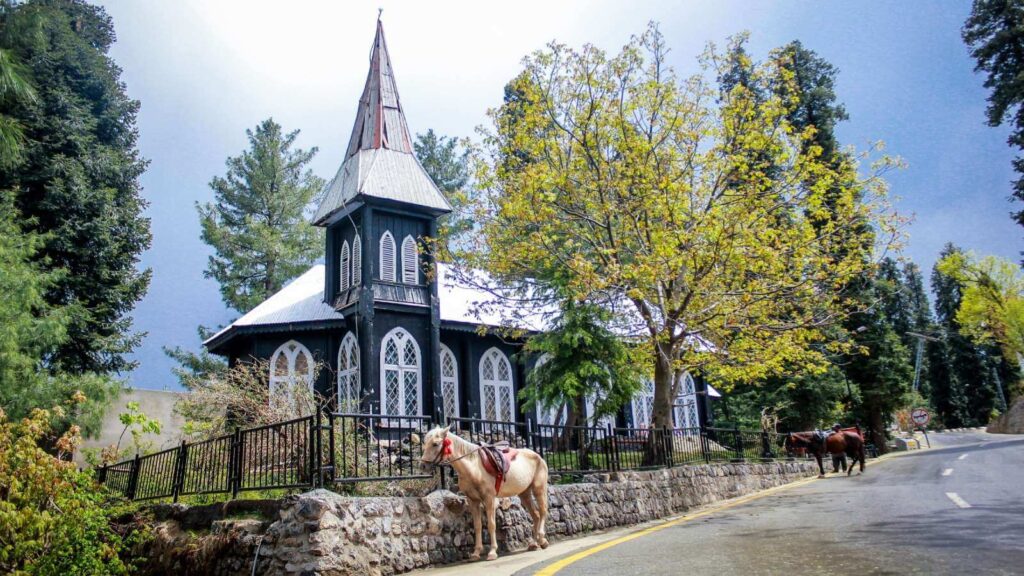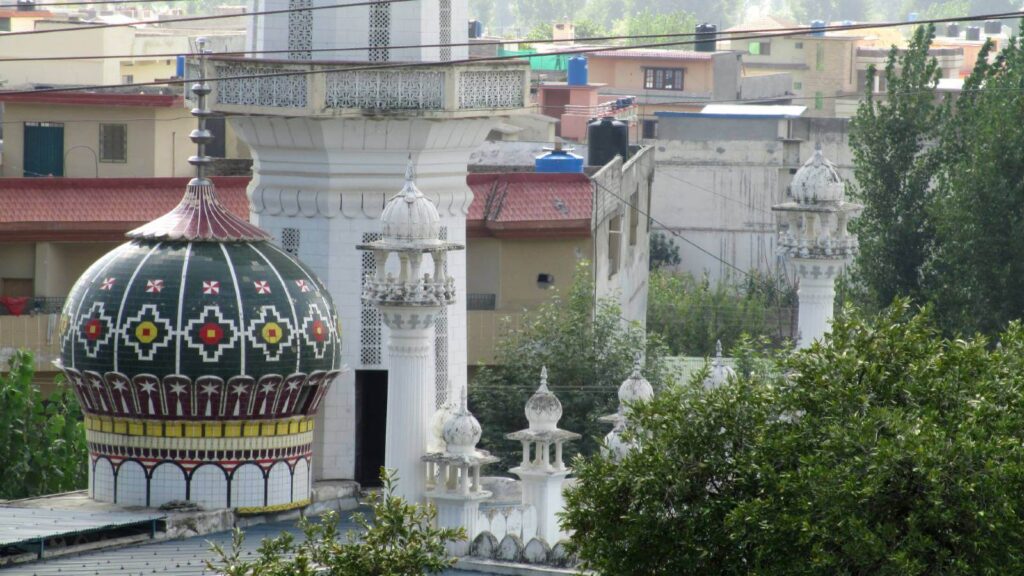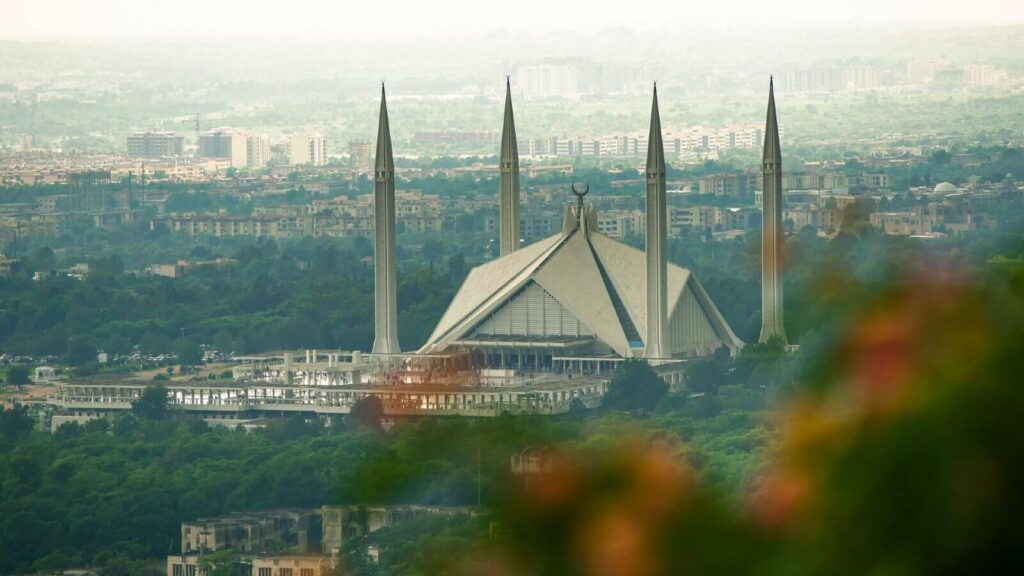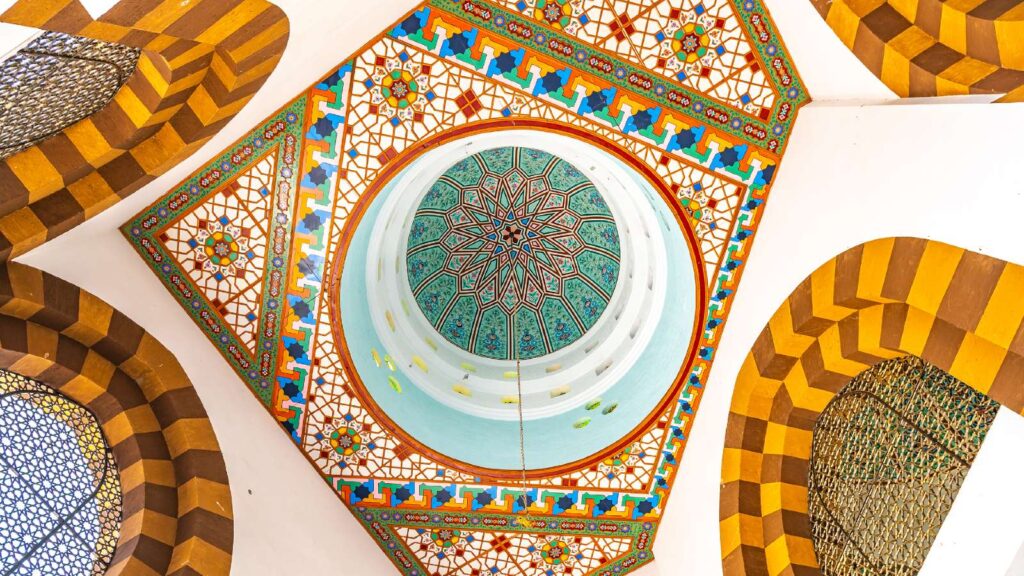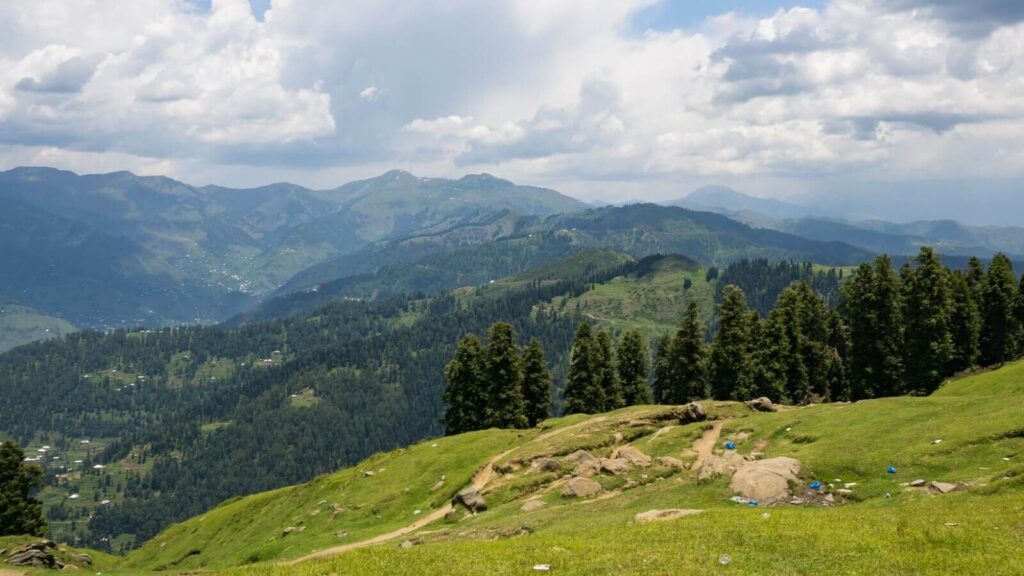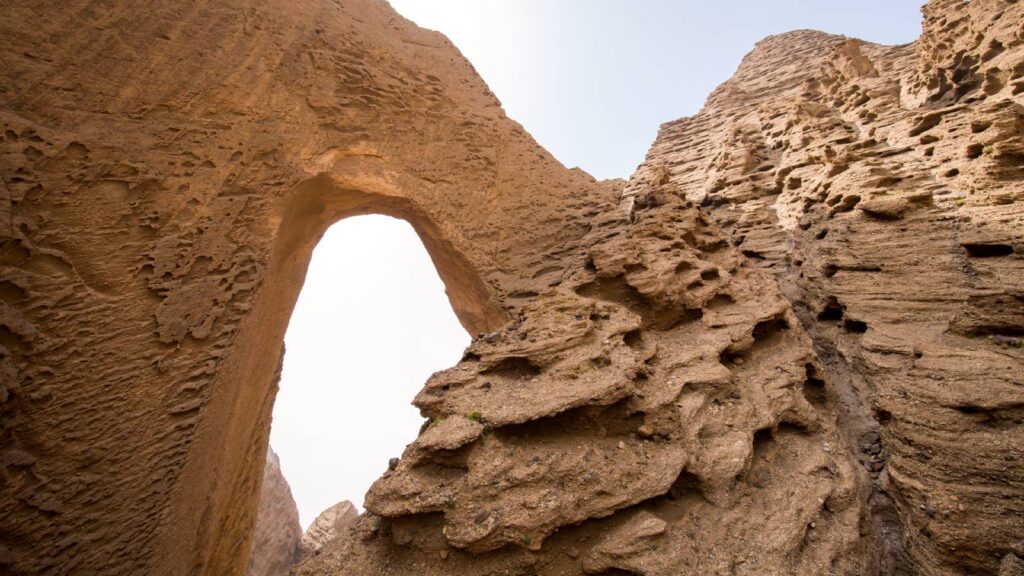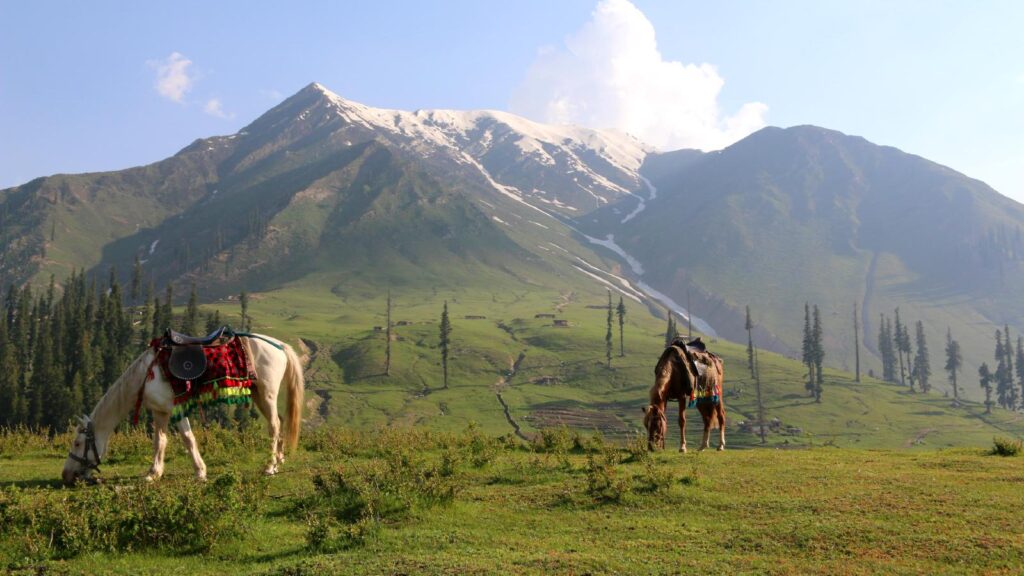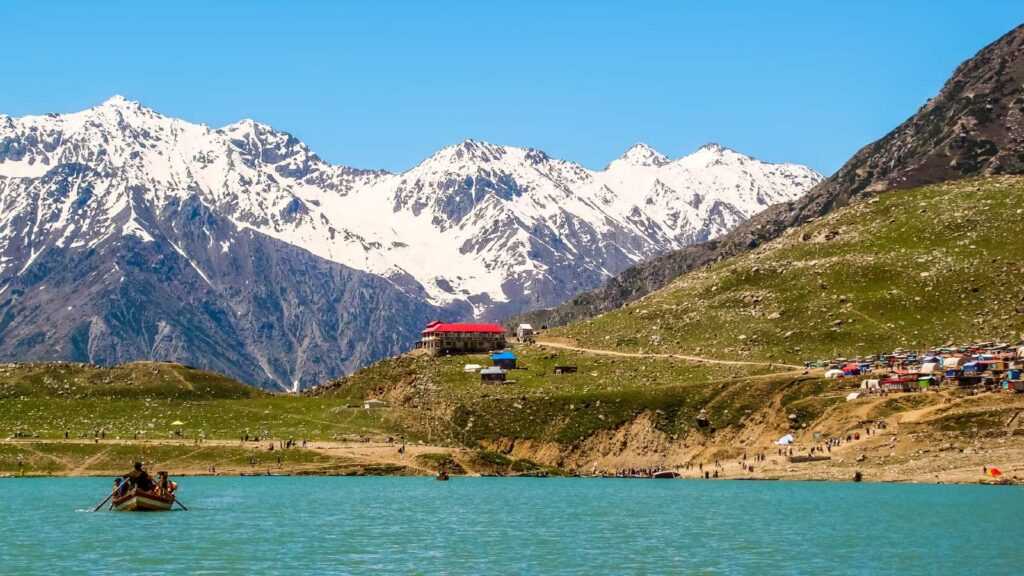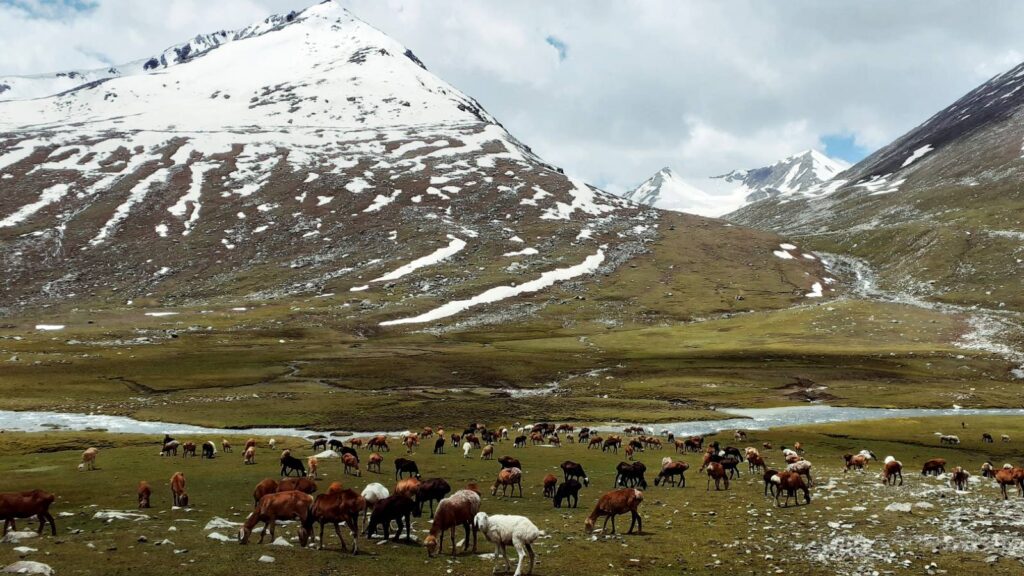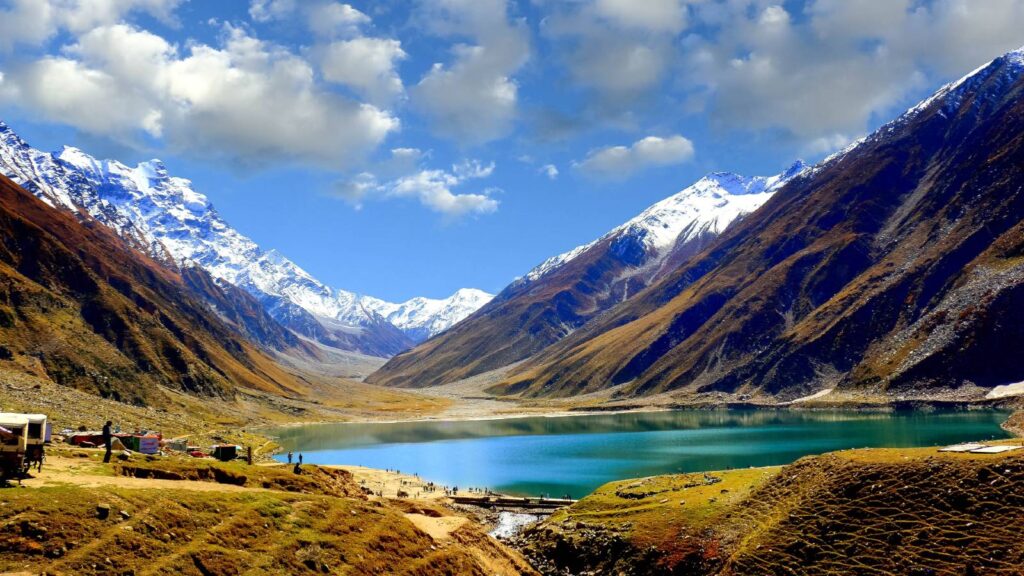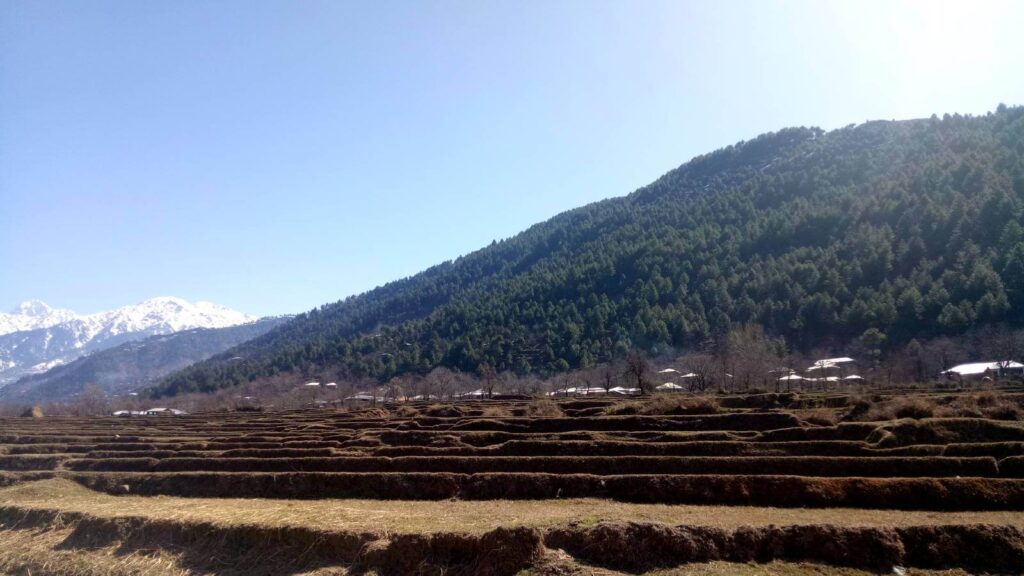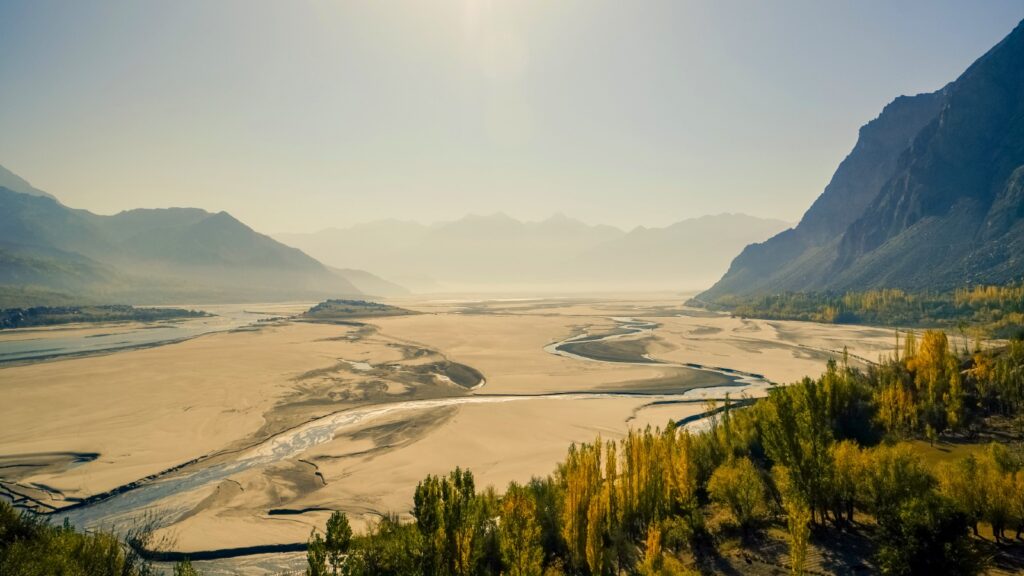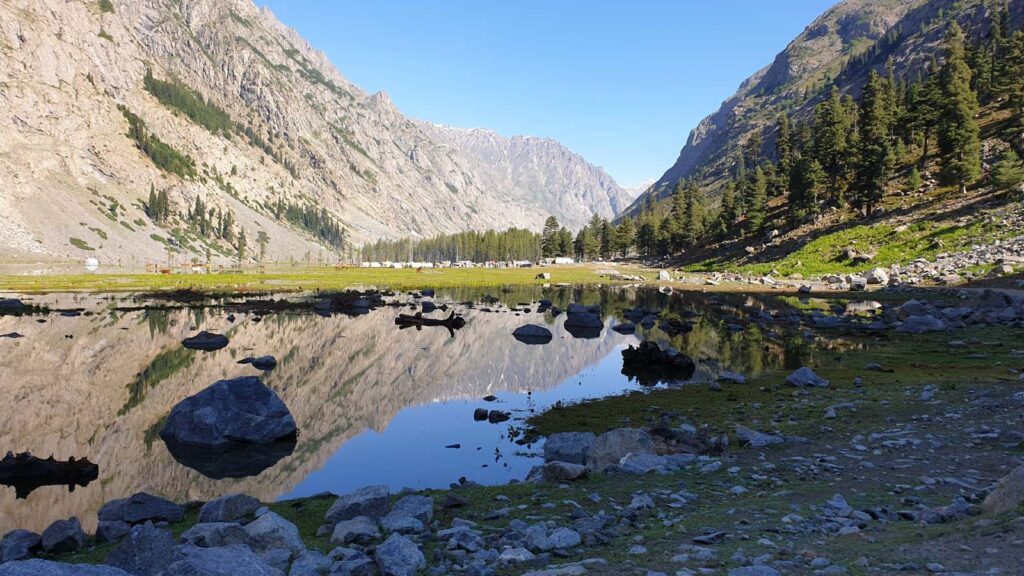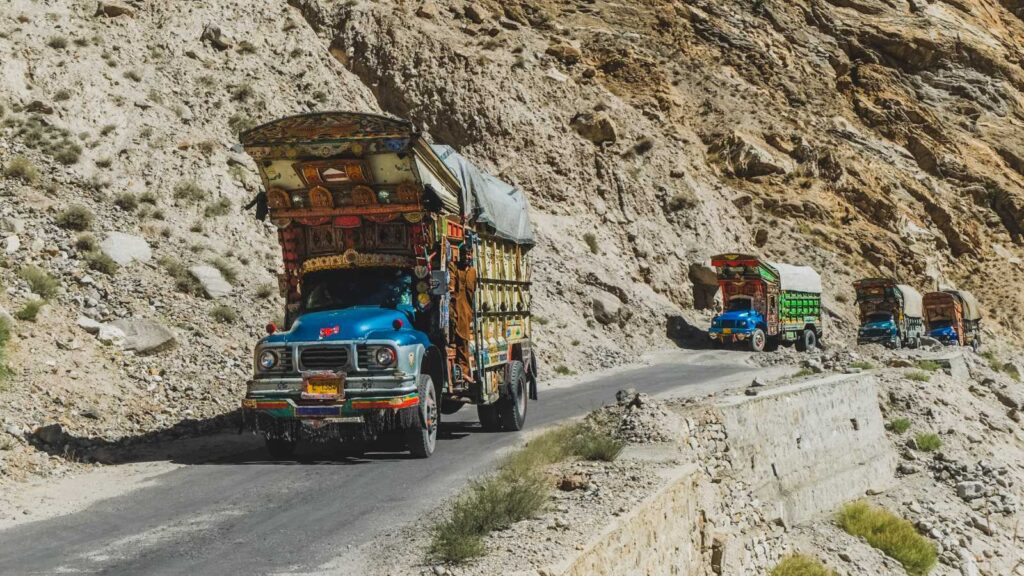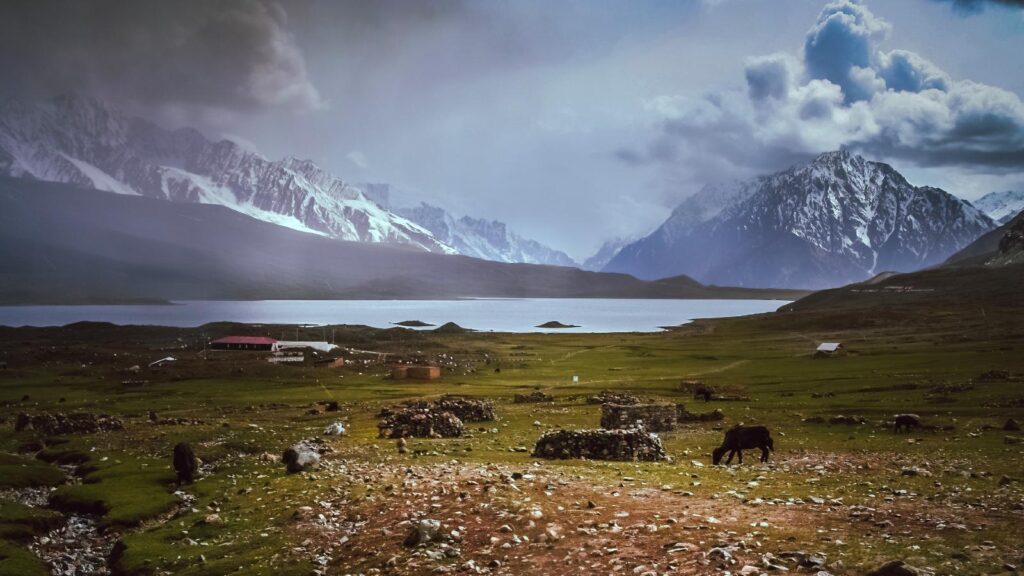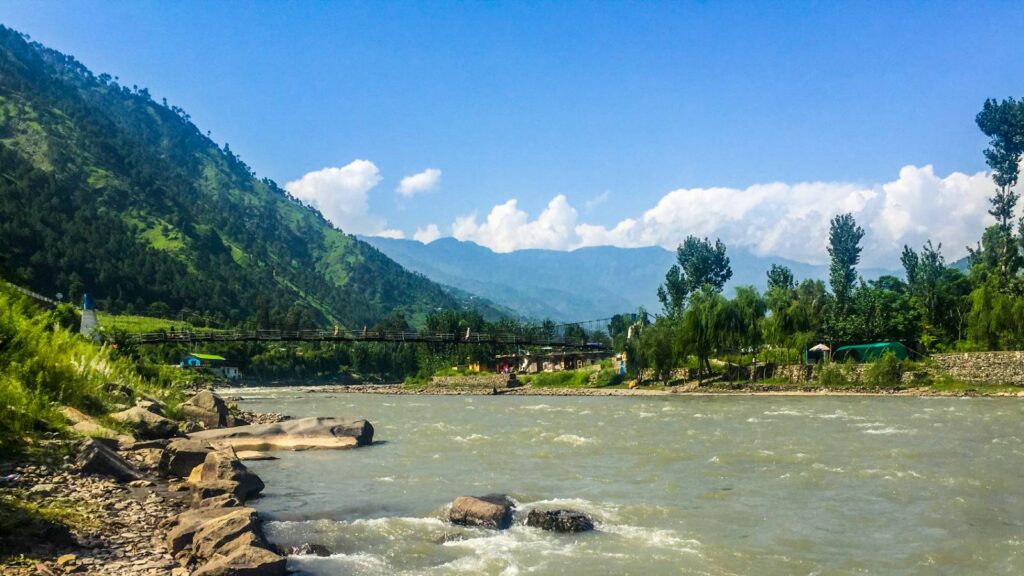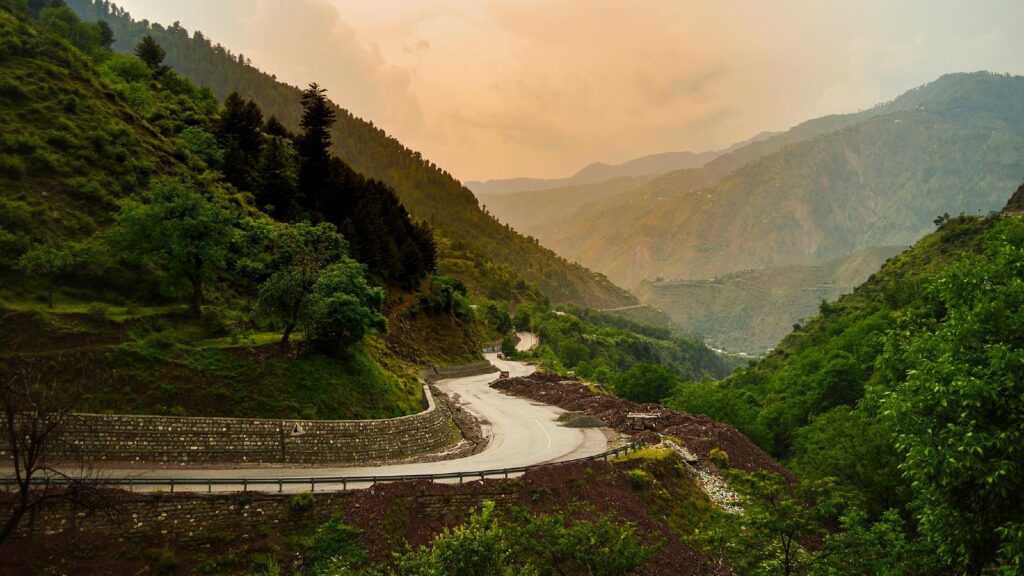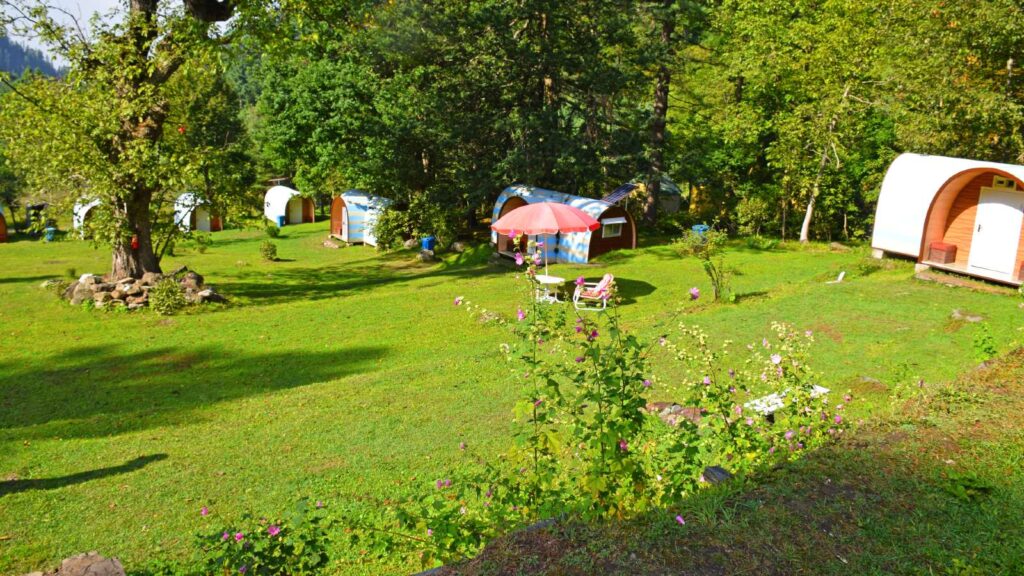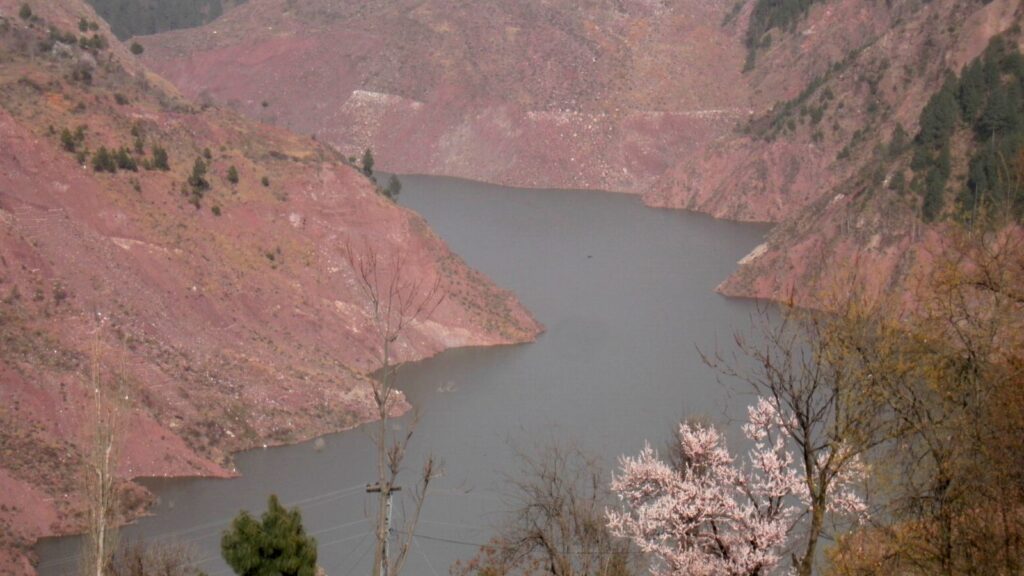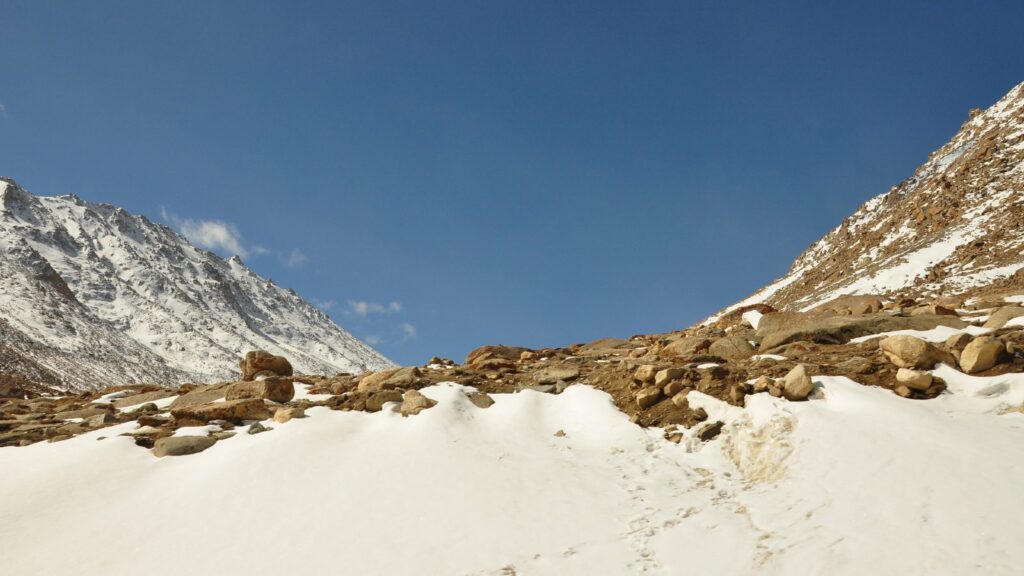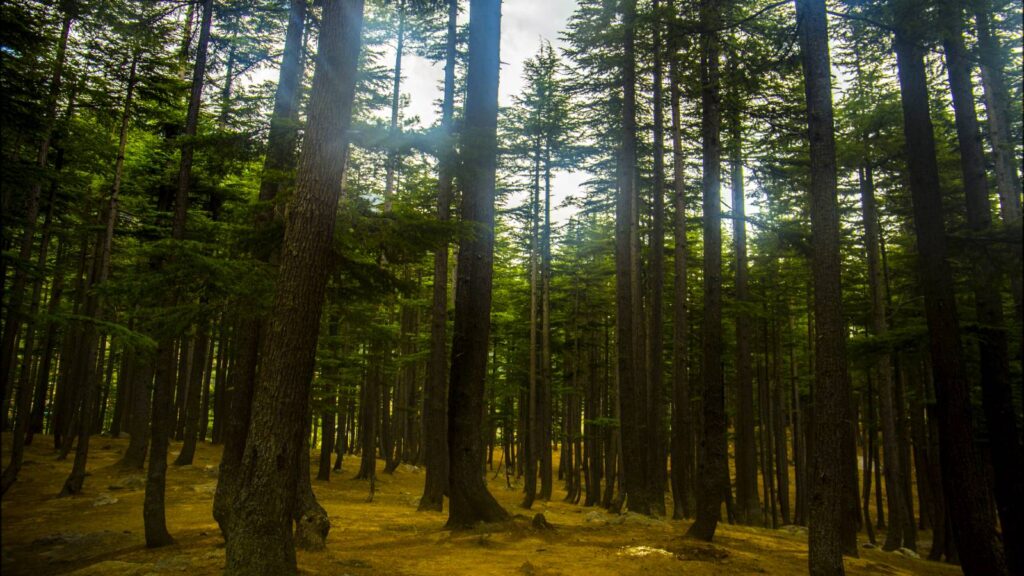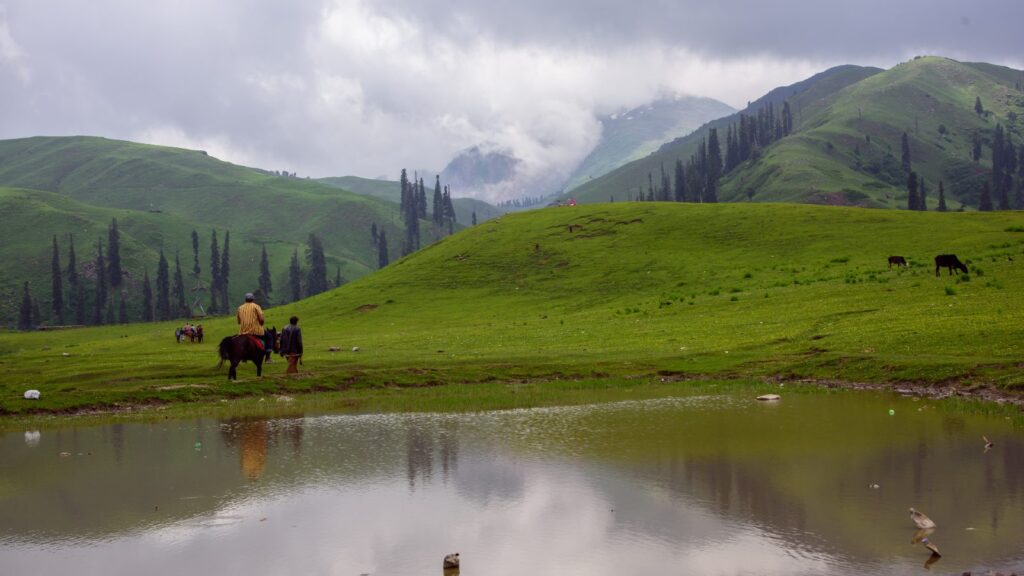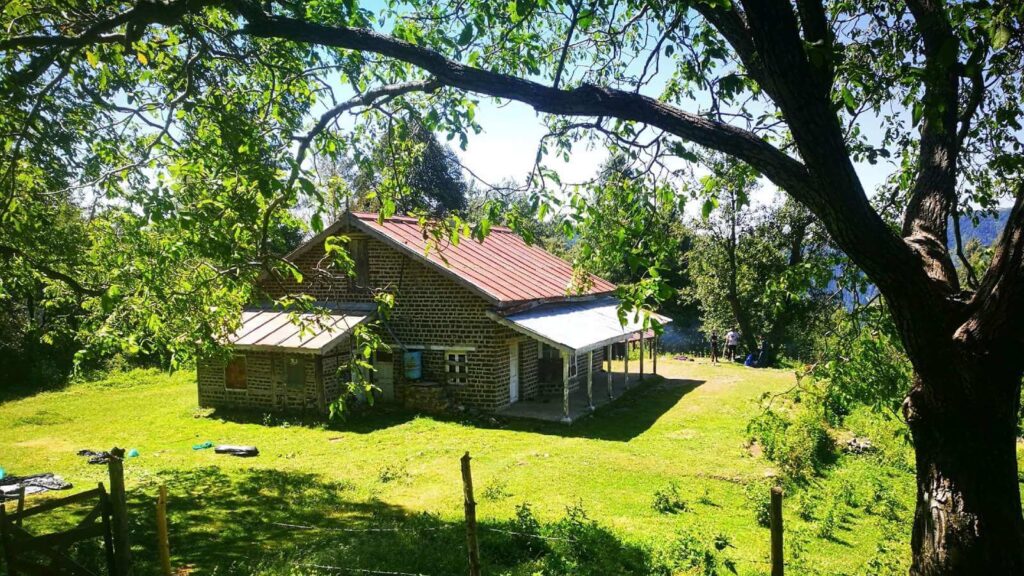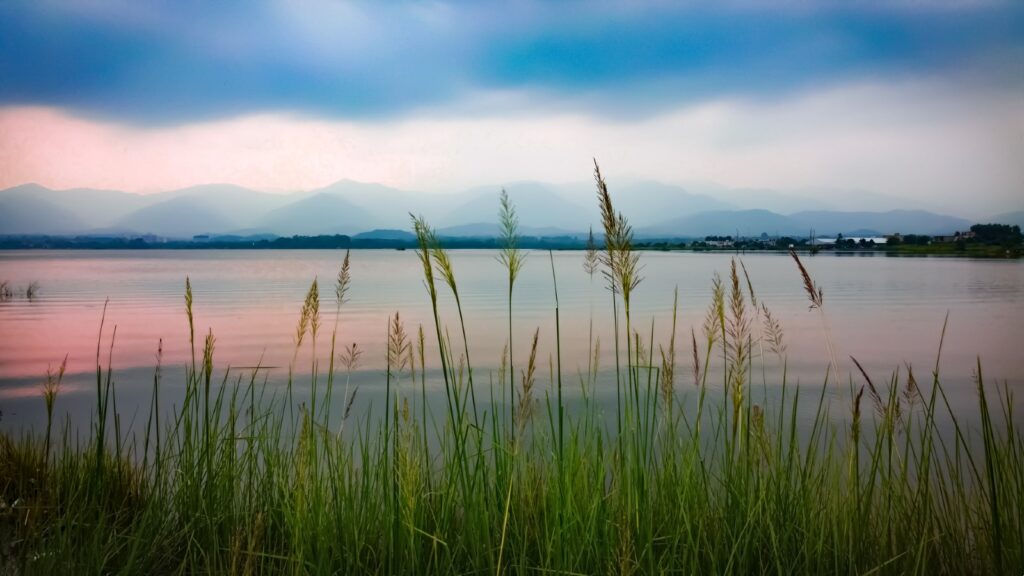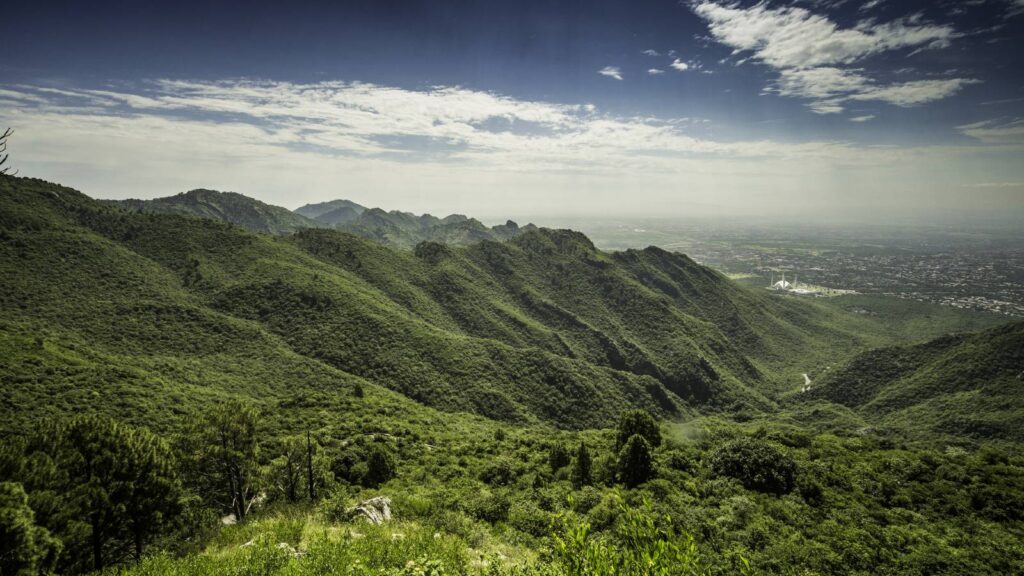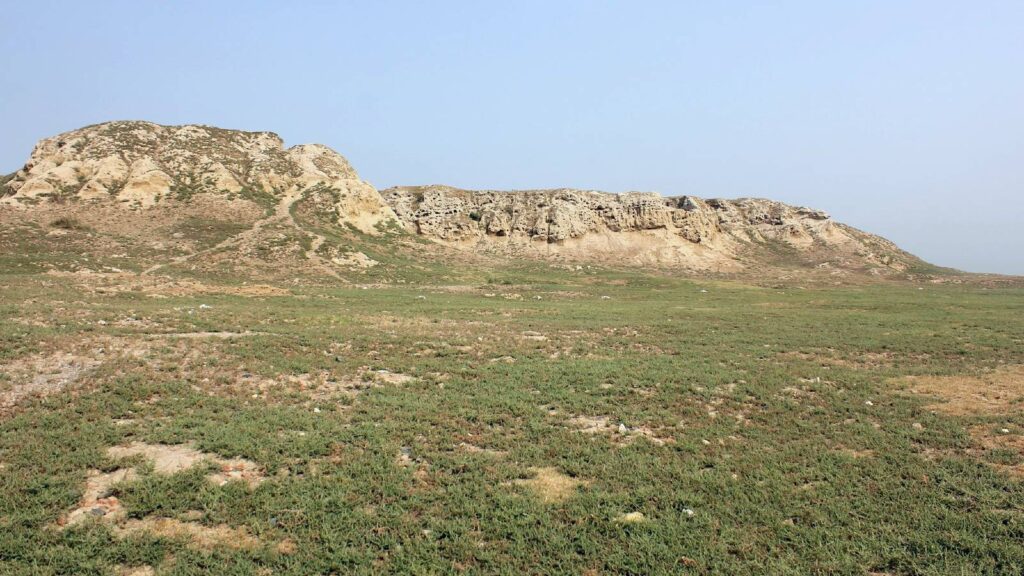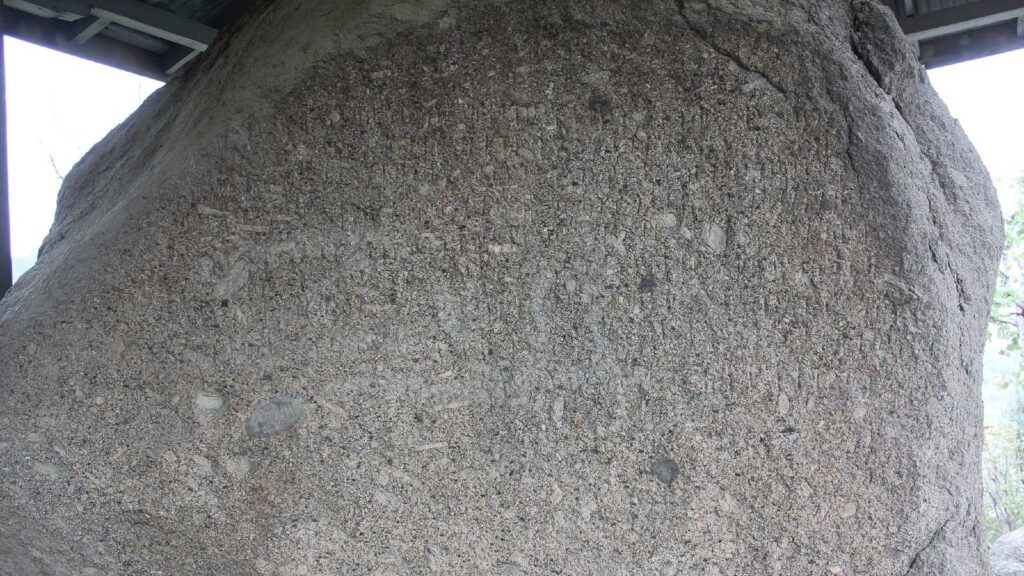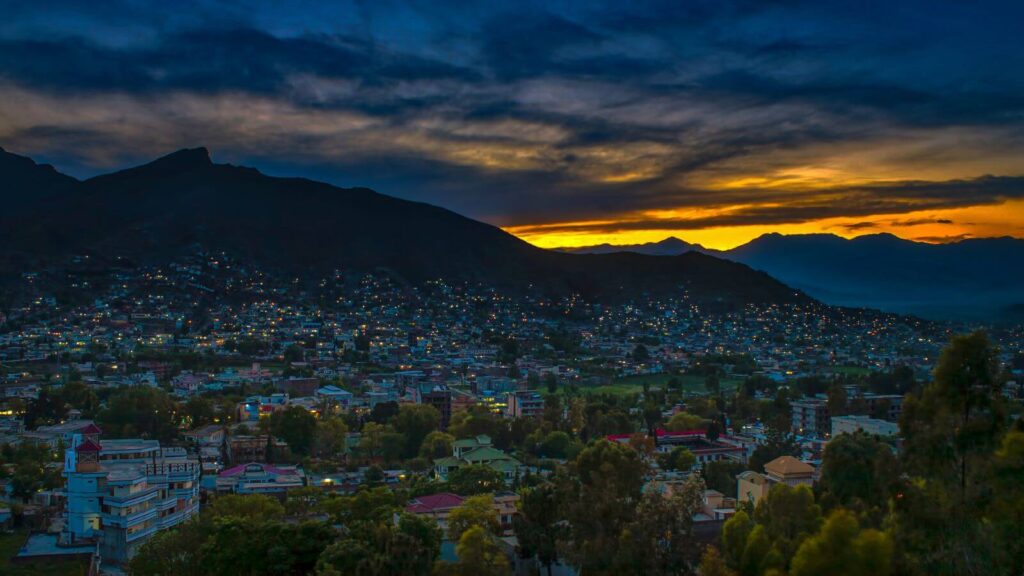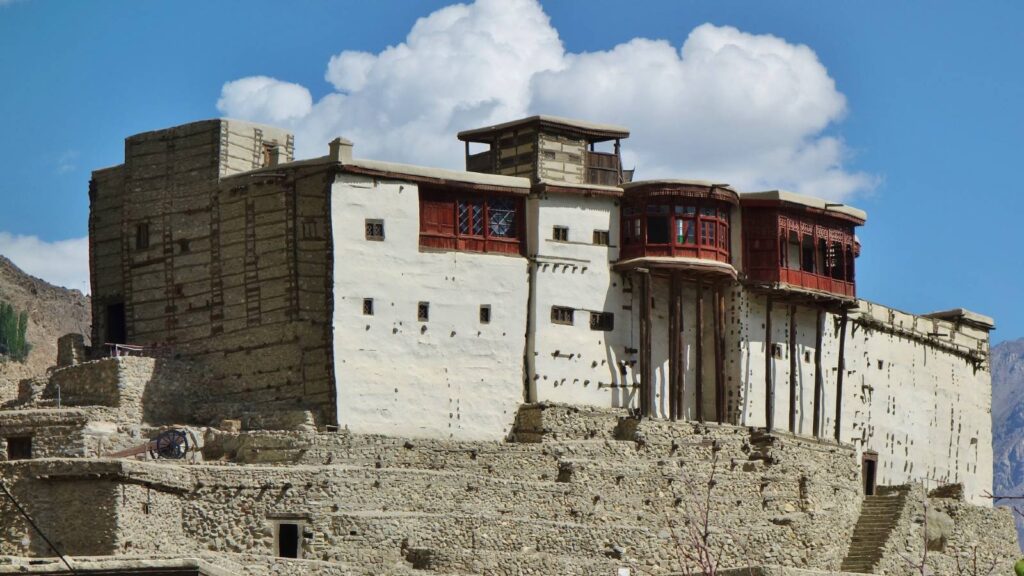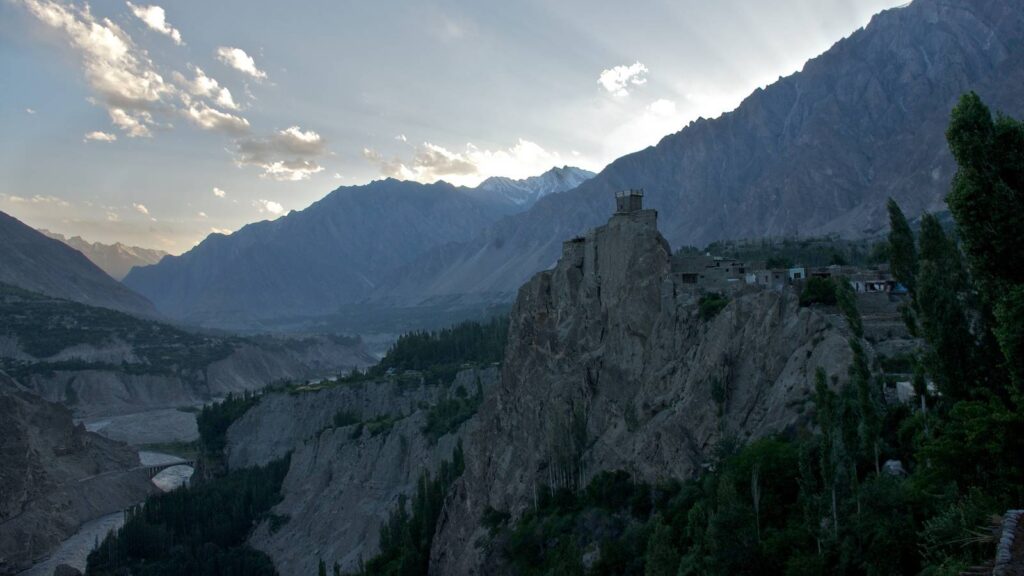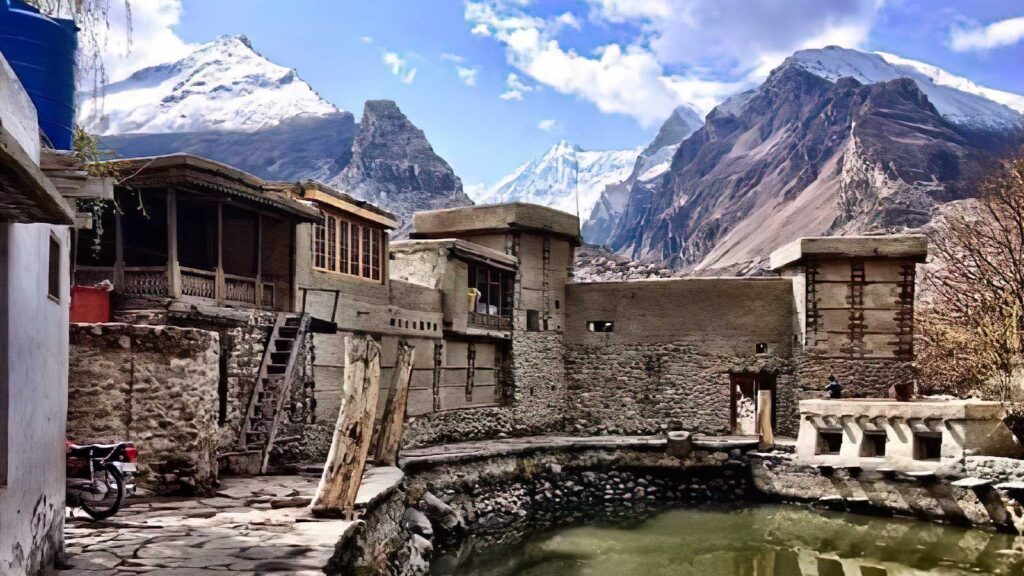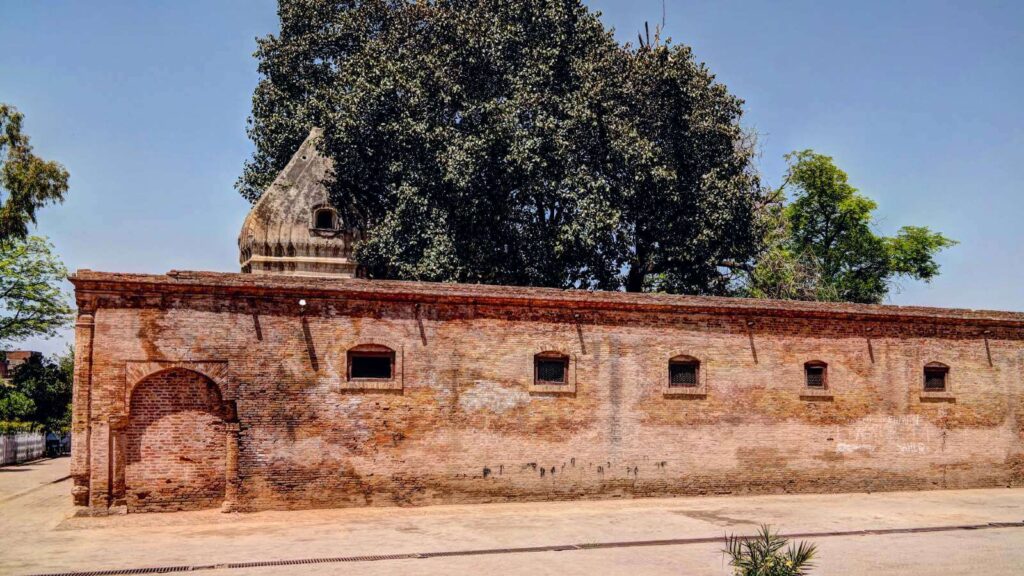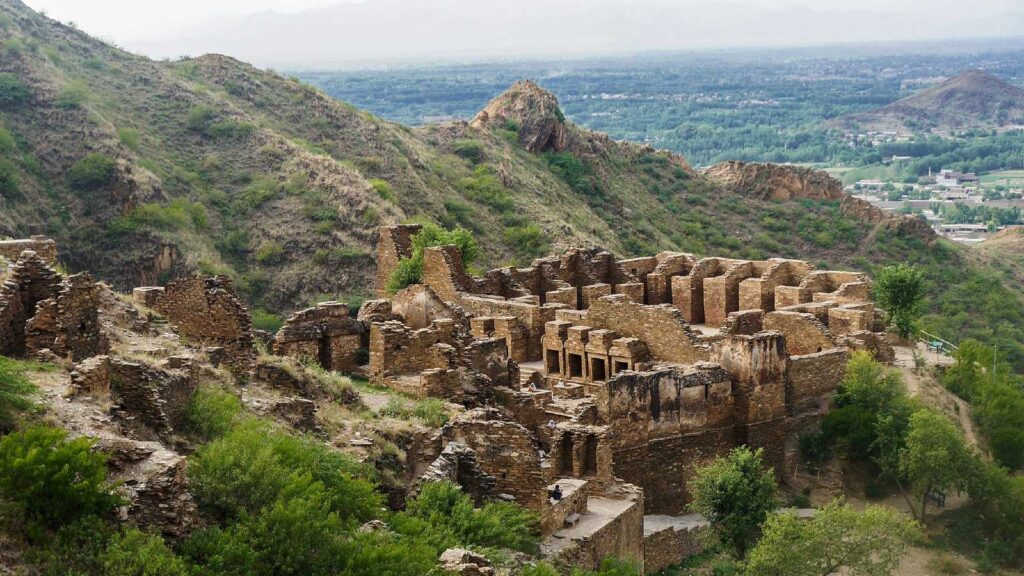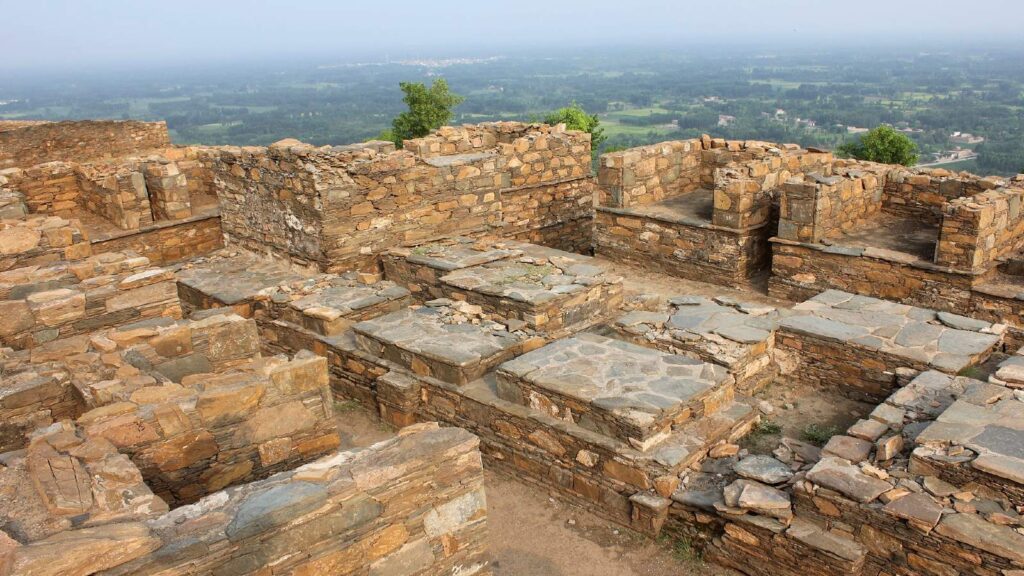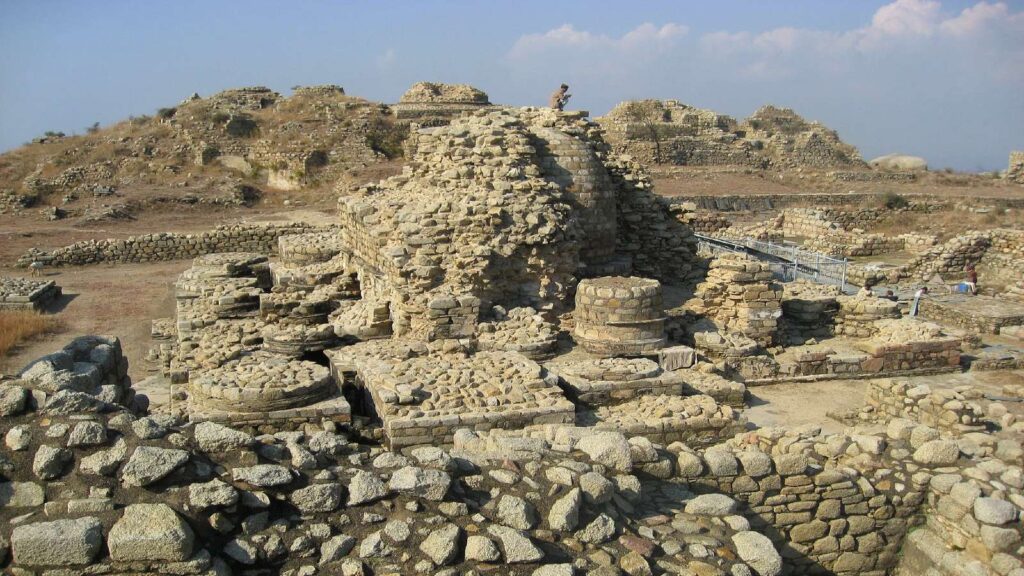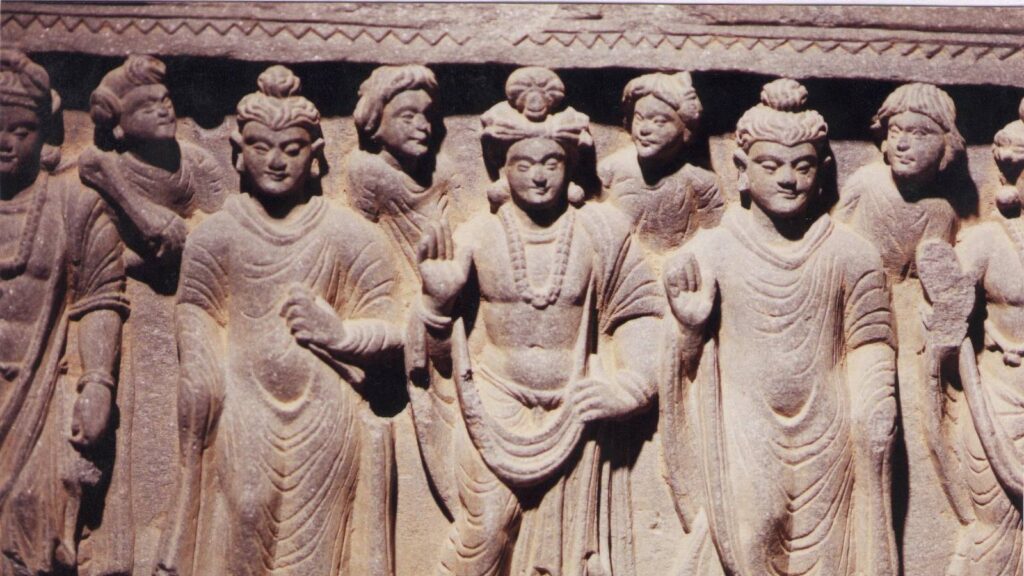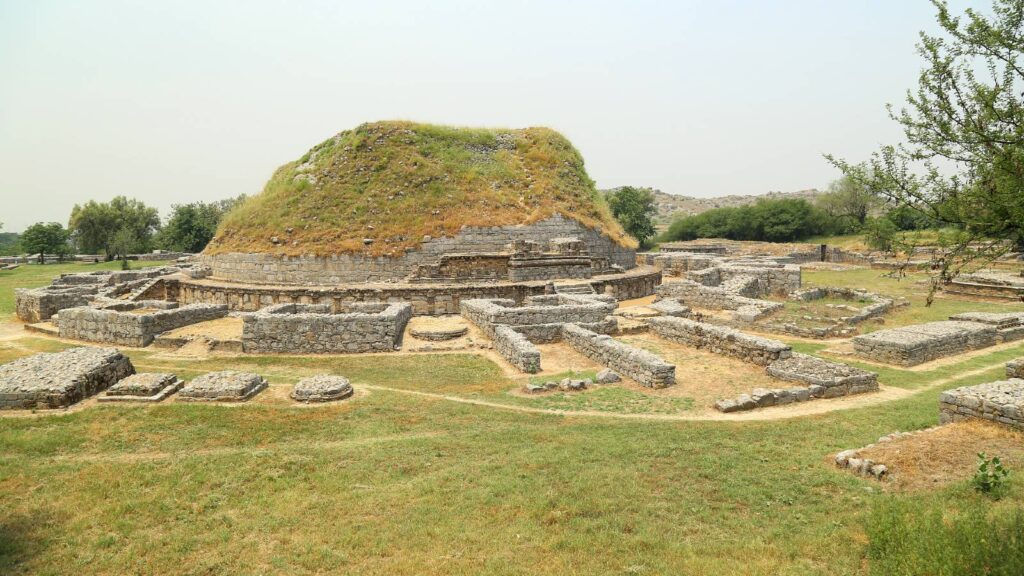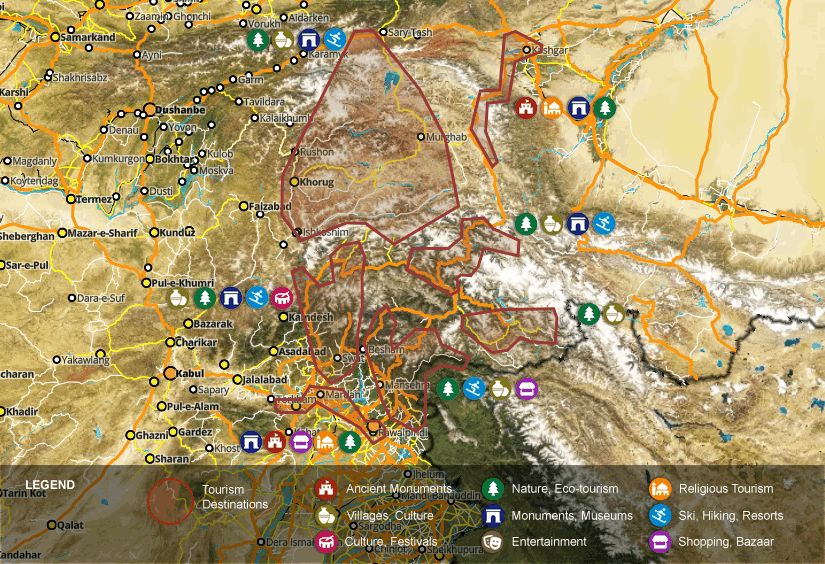
Wakhan Corridor and Badakhshan National Park Area

Karakoram Highway to Kashgar City, XUAR Region

Along Karakoram Highway, Kashmir
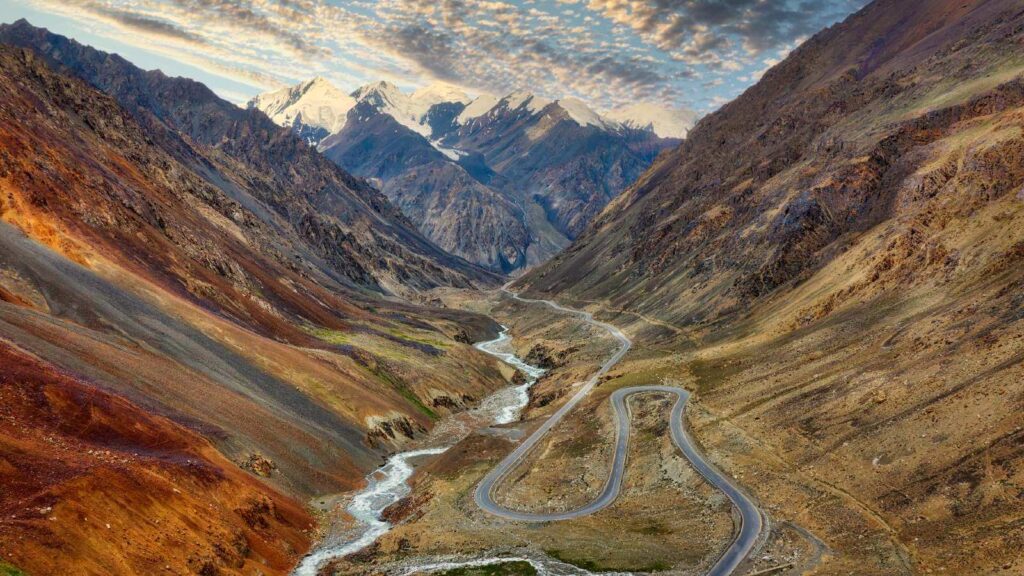
Deosai National Park and its Northern Area, Kashmir
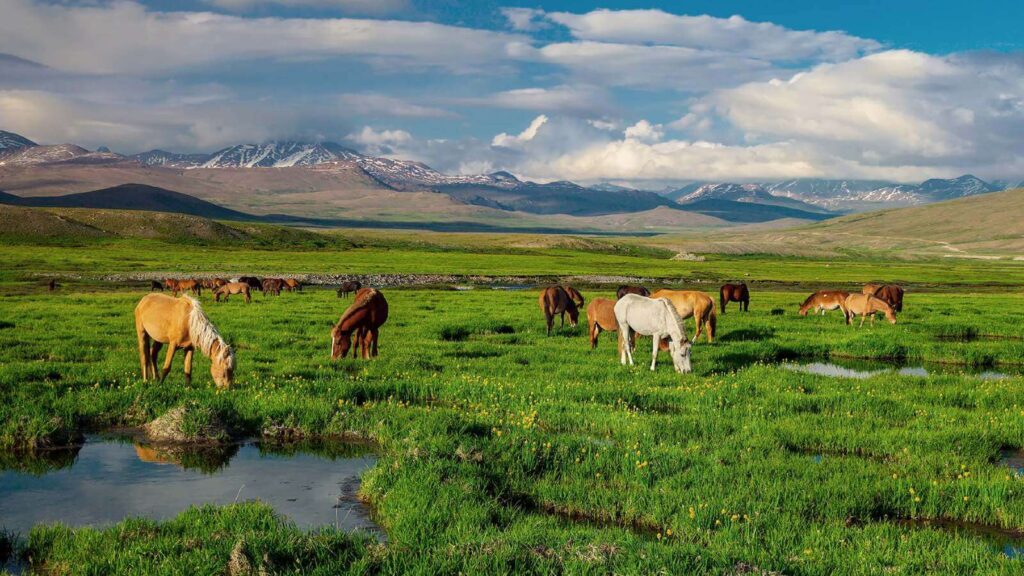
Abbottabad City and its Northern Area

From Islamabad to Peshawar
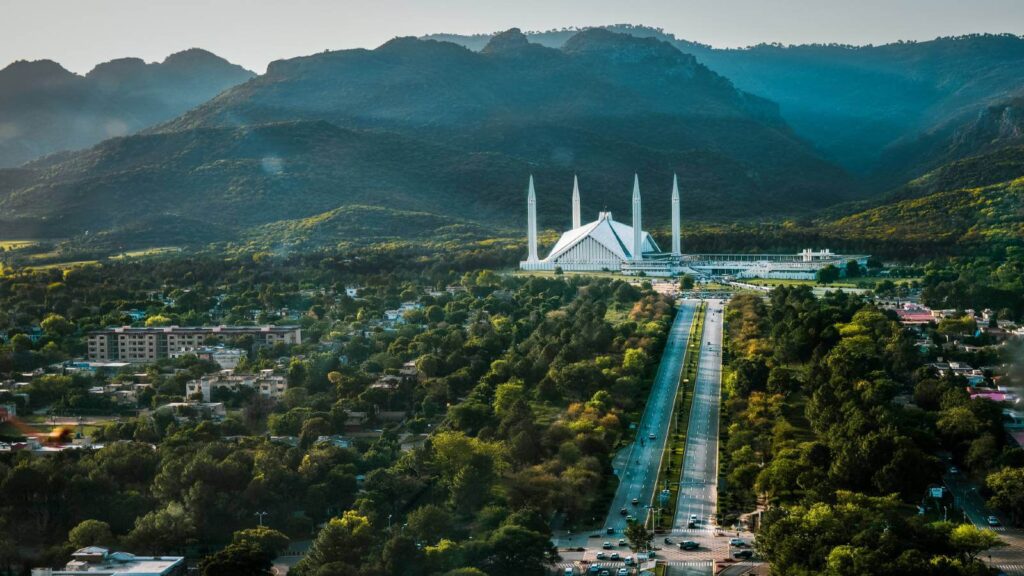
Mingora City and its Northern Area

History and Culture
In mountain terms, the ranges found in the Karakorum-Wakhan region are young, forced up by tectonic plate movement not more than 65 million years ago. On their slopes, nourished by their rivers and streams, developed some of the earliest complex human societies. These include the Bronze Age Indus Valley Civilisation, which is comparable to the civilisations of Ancient Egypt and Mesopotamia. Even in the 3rd millennium BC, cities such as Harappa and Mohenjo-Daro would have had populations up to 60,000 strong. They mastered urban planning, irrigation, and metallurgy, and had their own written script.
As the Silk Road spread across the region, substantial cities grew along its routes. Karimabad and Skardu were caravan stops on the way to India and Tibet, and the bazaar at Kashgar was one of the largest and most important on the trading network. The geographical features of the region dictated the route for merchants, pilgrims, and other travellers, and those who crossed through the narrow Wakhan Corridor, Marco Polo among them, left a visual record in the petroglyph site at Langar.
Those with an interest in colonial history will know the Karakorum-Wakhan as the centrepiece of the Great Game, or the Tournament of Shadows, in which the British and Russian Empires competed for influence in the 19th and early 20th centuries. The British feared an attack on India from the north, and the Russians were happy to stoke this paranoia as a decoy for their real strategic aims elsewhere.
What to See and Do
Two of the world’s greatest road trips traverse the Karakorum-Wakhan. In Tajikistan, the Pamir Highway starts in Dushanbe and crosses the Great Pamir to Kyrgyzstan; and slightly further east, the Karakorum Highway links Islamabad and Kashgar, with Gilgit-Baltistan in between. The spectacular scenery on both routes is a critical part of the journey, but there is much to see along the way, from Castle Karon and the high-altitude Khorog Botanical Garden in Tajikistan, to Baltit Fort in Pakistan and the lively Sunday Livestock Market in Kashgar, China.
Eating and drinking together is an important act of bonding in mountain communities, and UNESCO recognises several of the local culinary traditions on its list of Intangible Cultural Heritage. On your journeys through the Karakorum-Wakhan, why not learn about China’s tea practices or the traditional Oshi Palav meal in Tajikistan? Peshawar’s mouth watering street food also has an enviable reputation.
Karakorum-Wakhan’s archaeological sites and monuments offer visitors ample opportunities to learn about the past. Don’t miss the recently restored Buddha of Swat in Mingora, Yamchun Fortress in the Wakhan Corridor, or the 14th century Chaqchan Mosque in Skardu.
